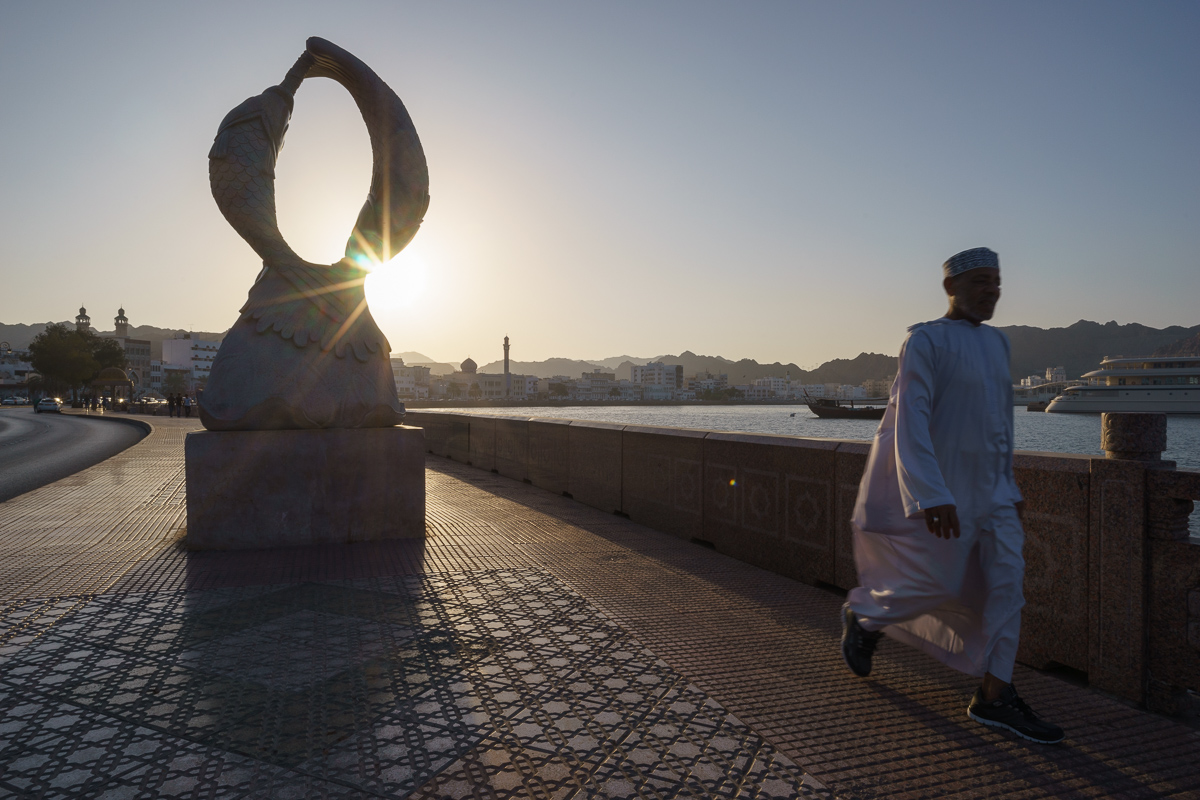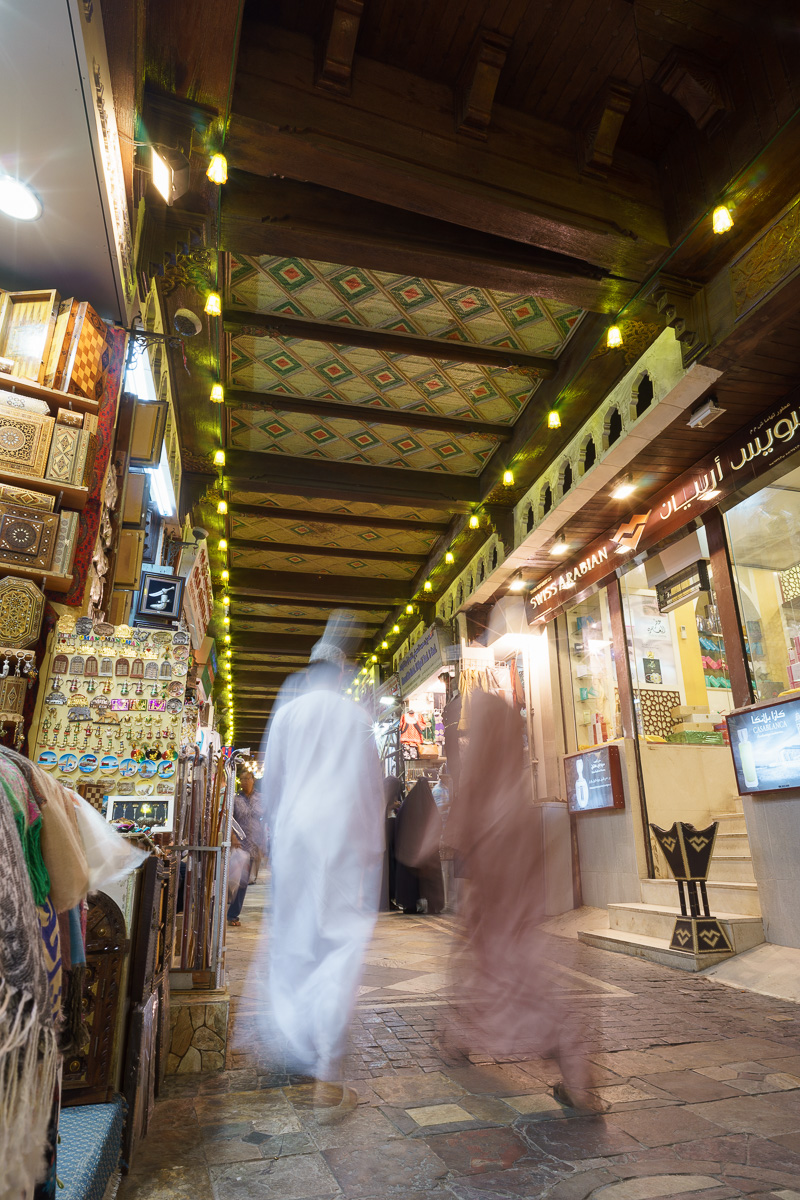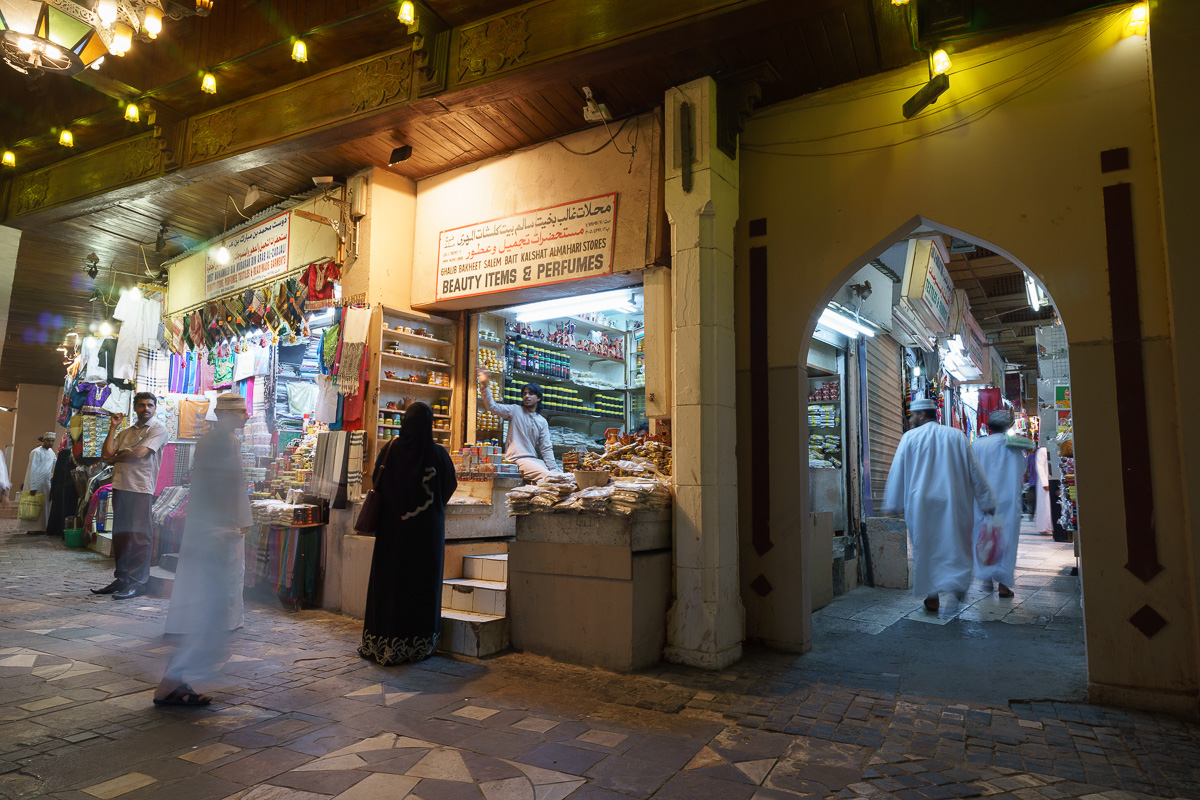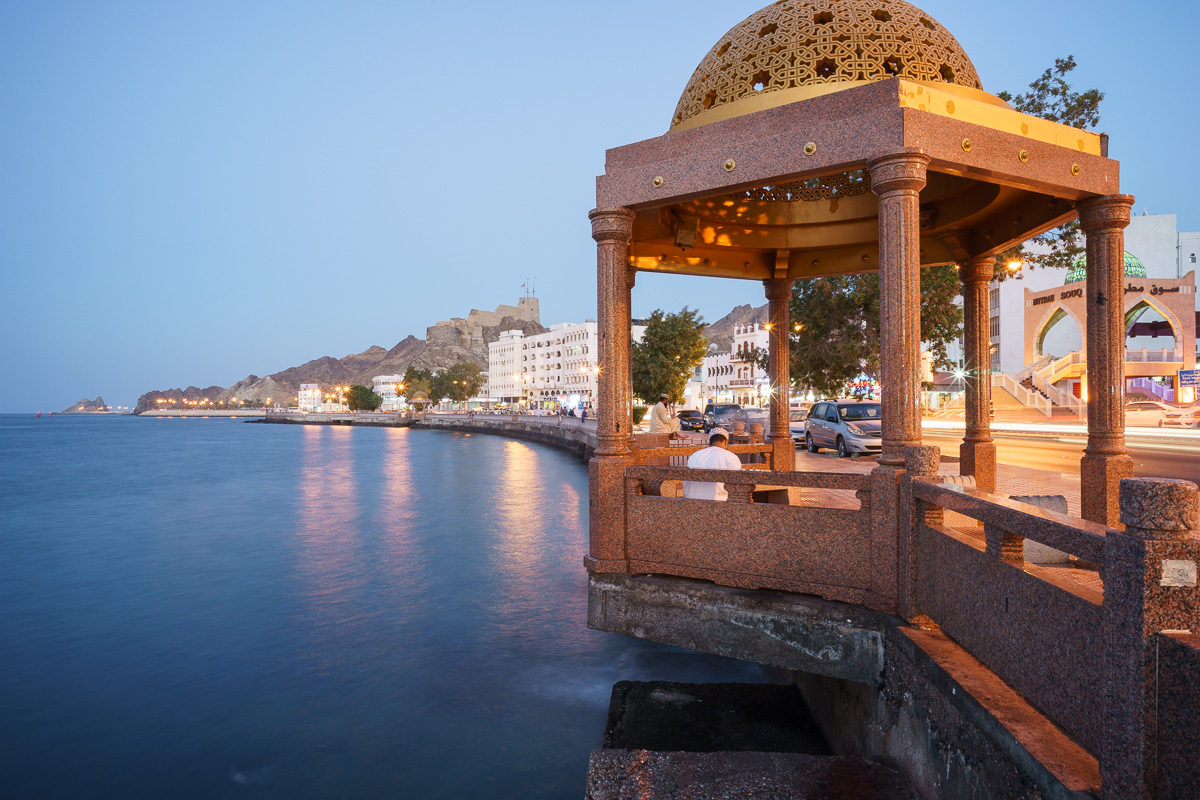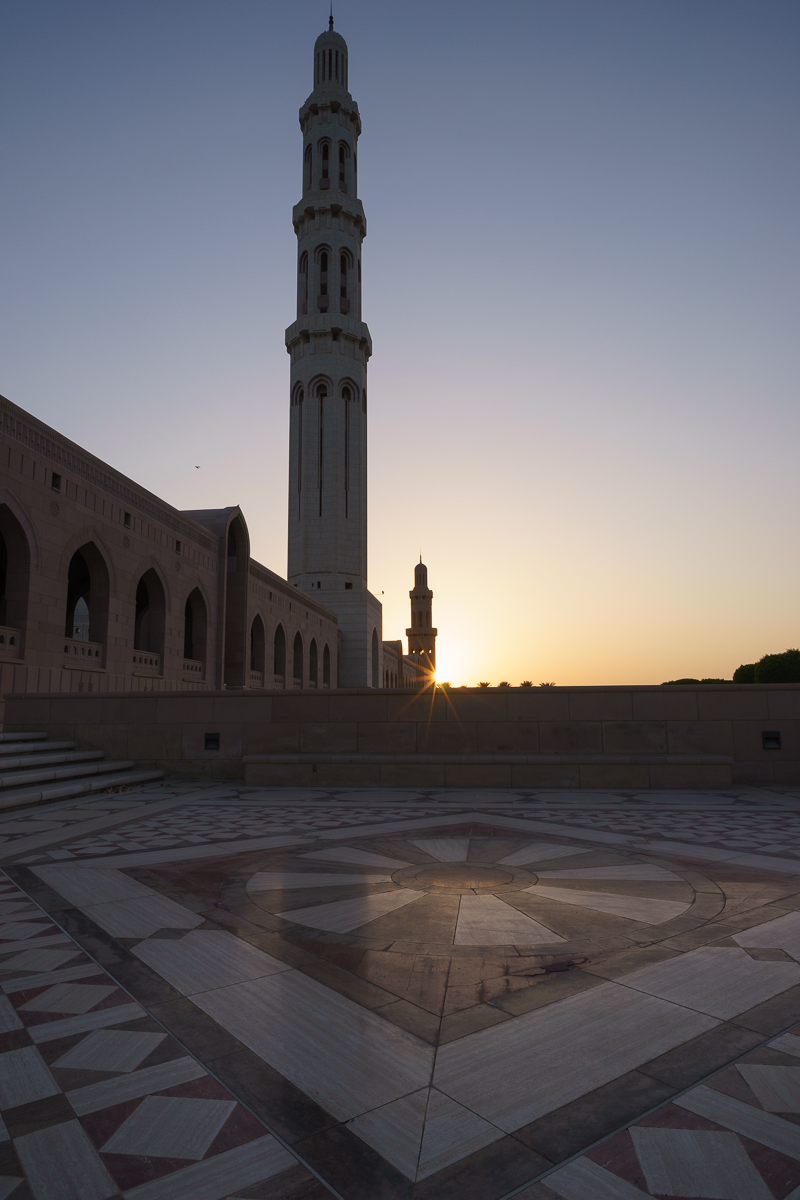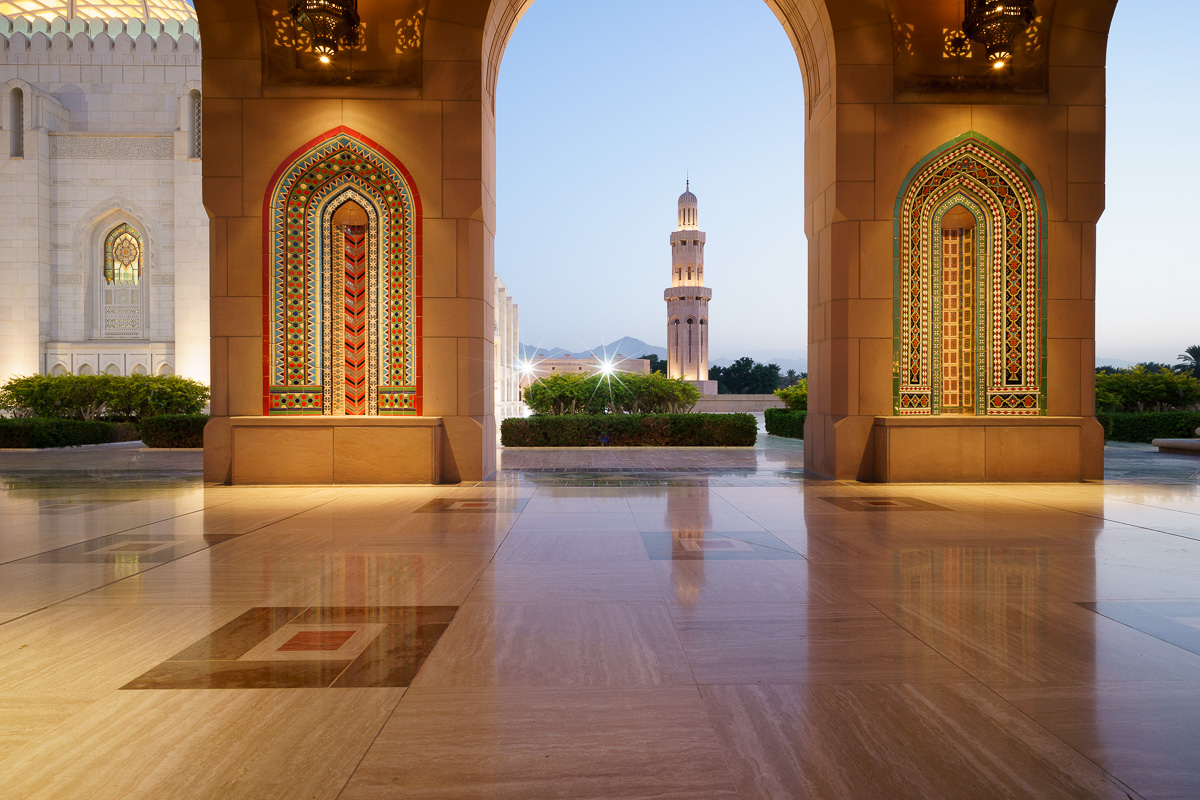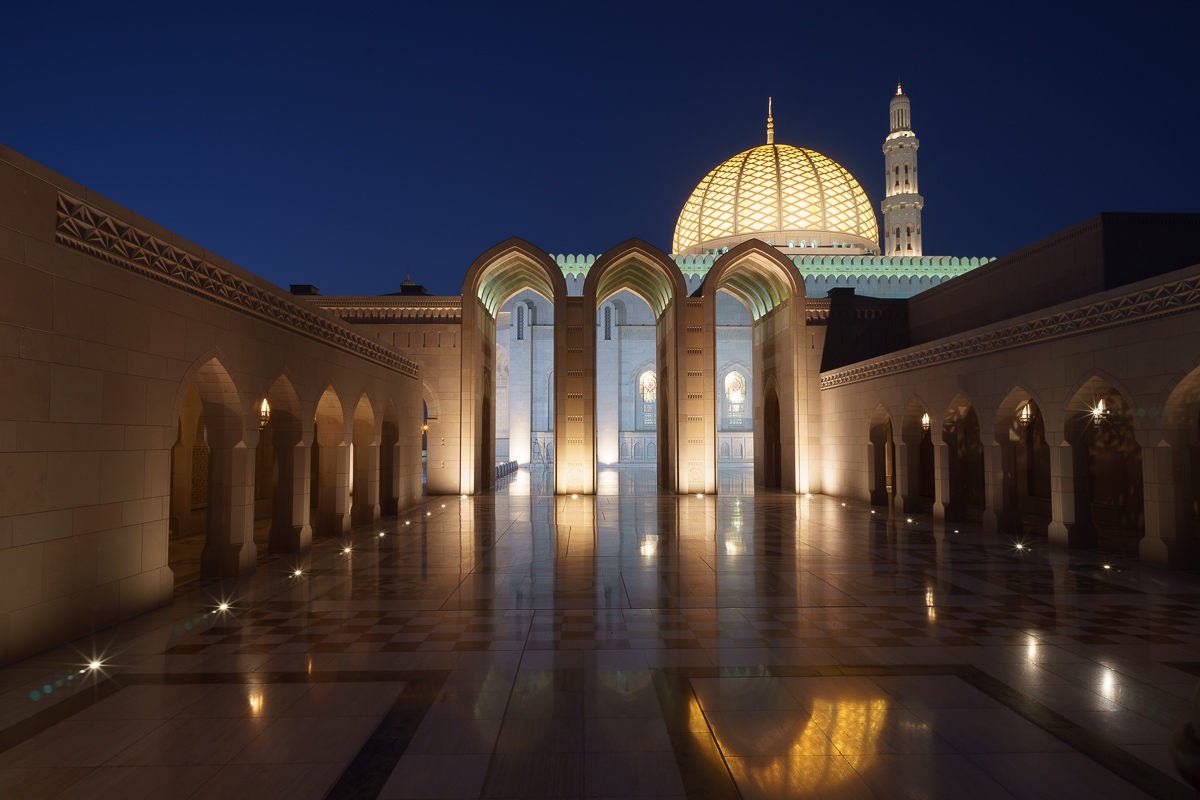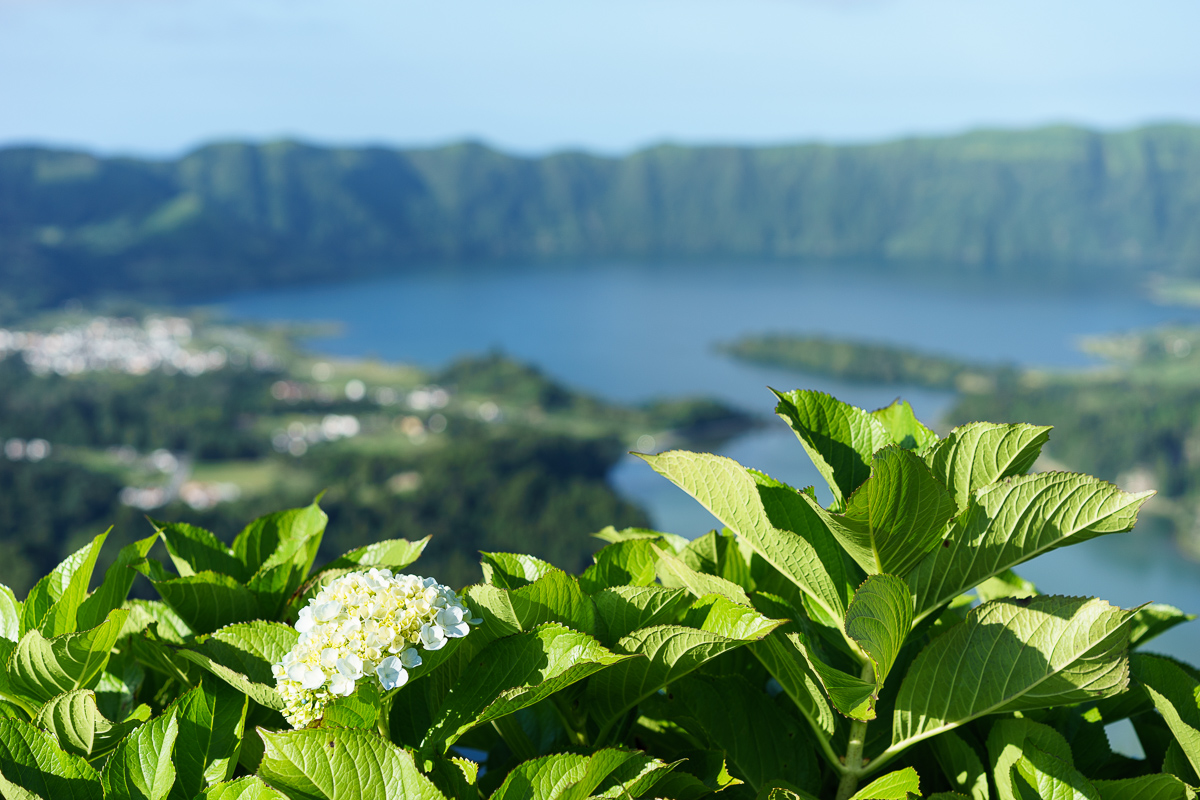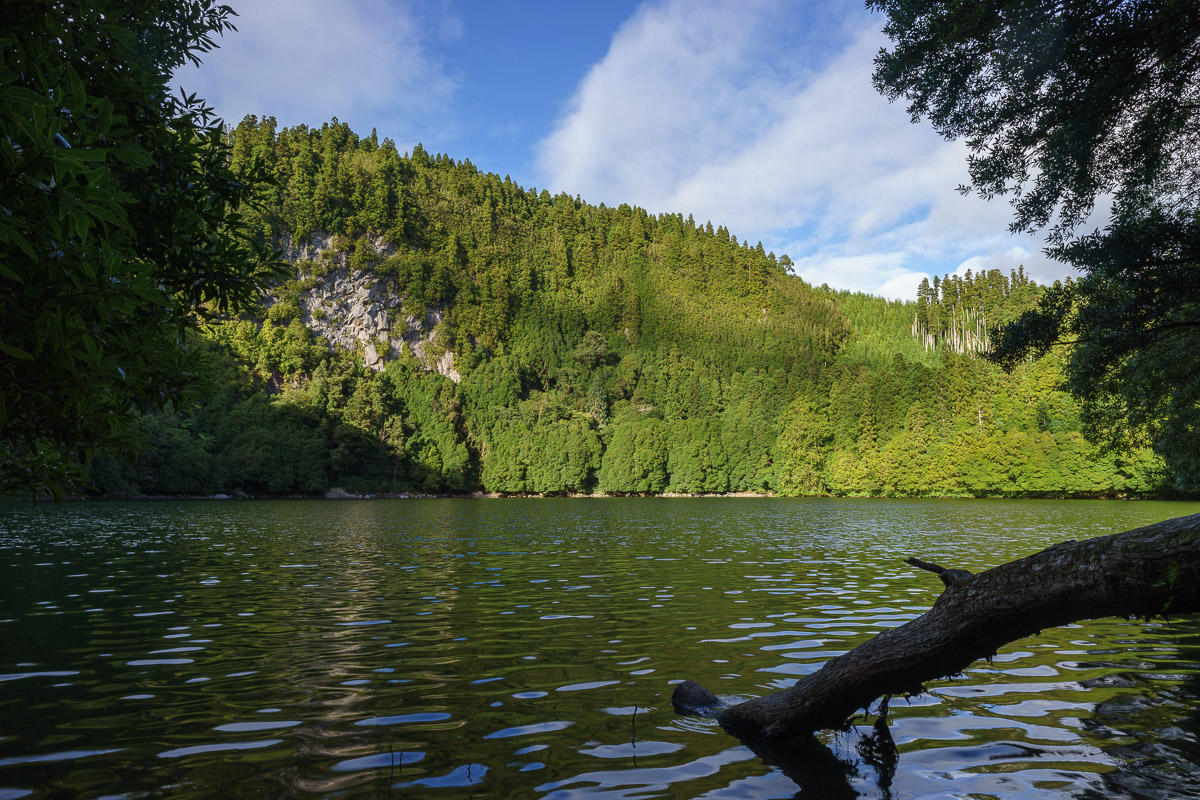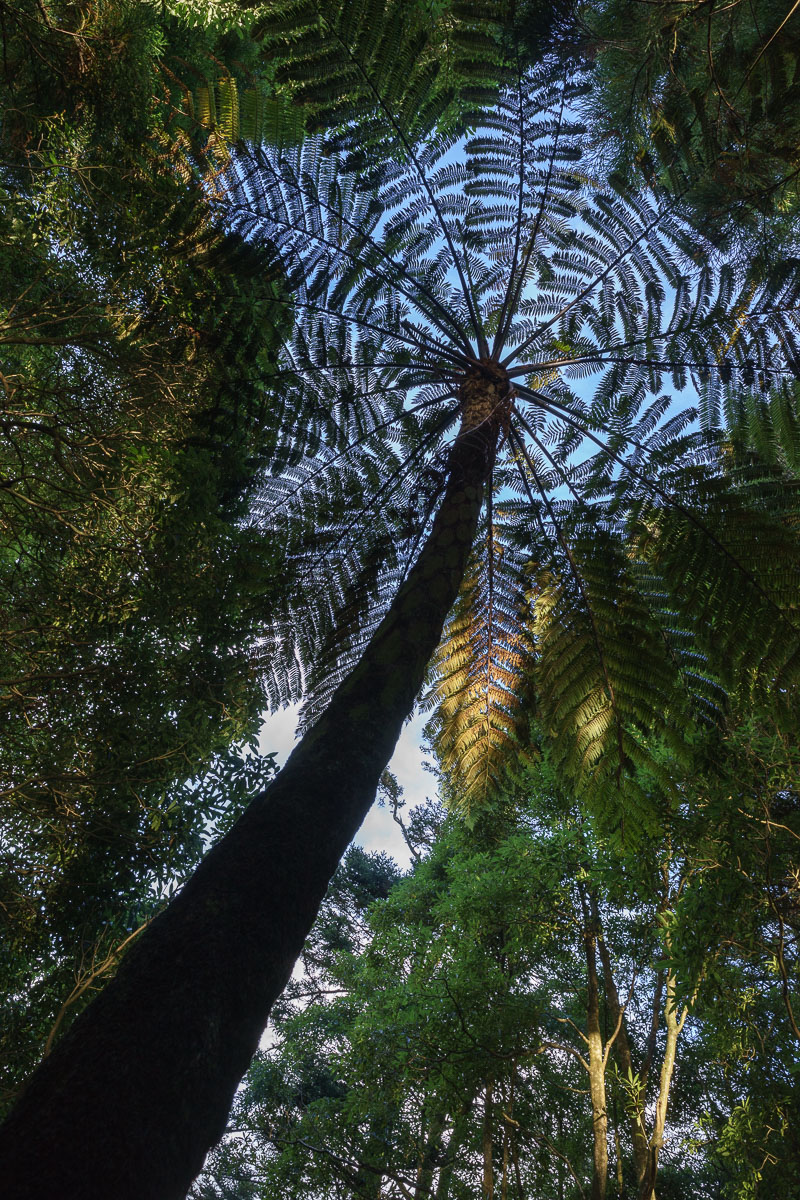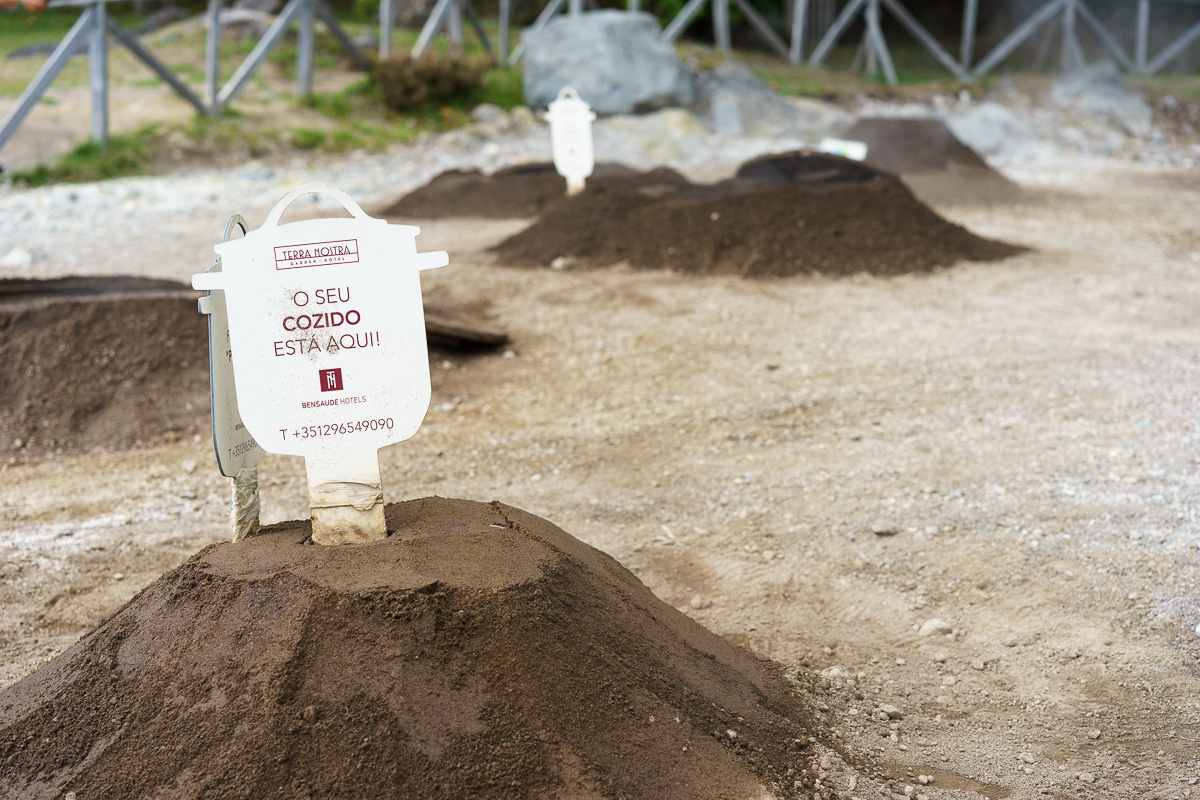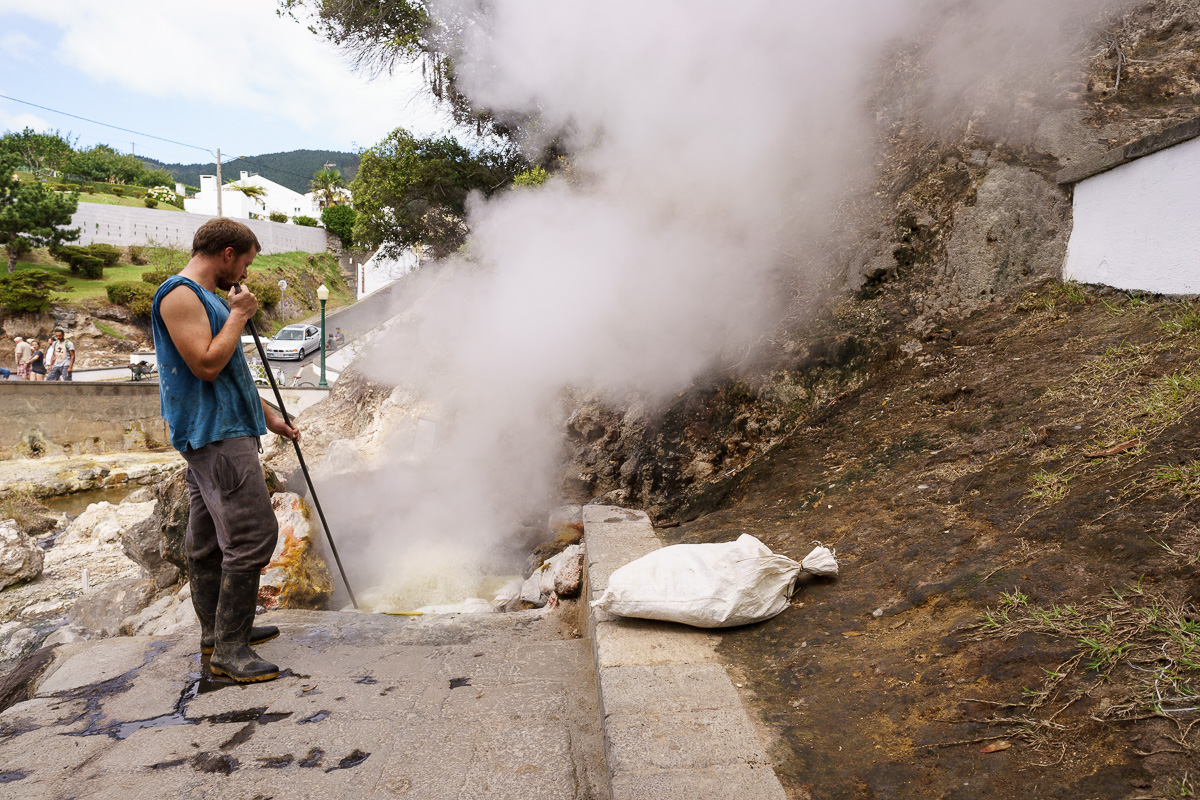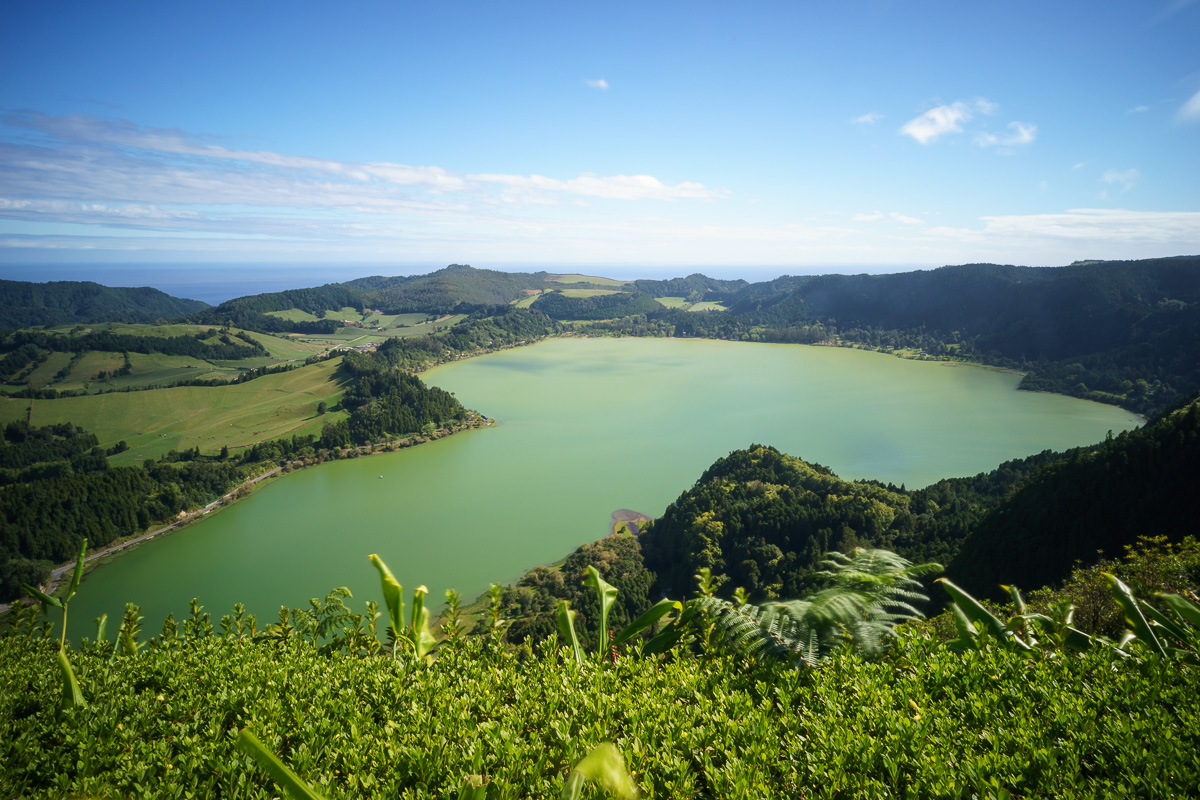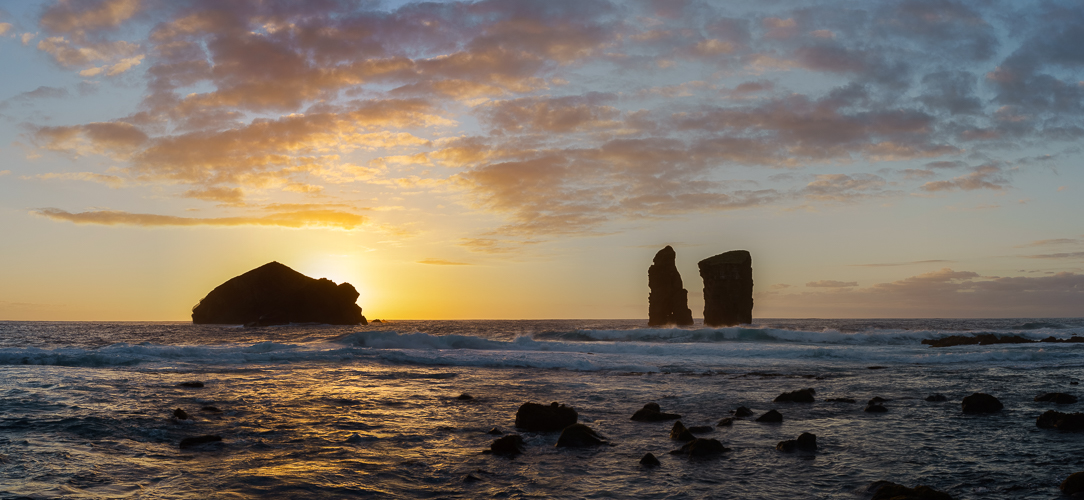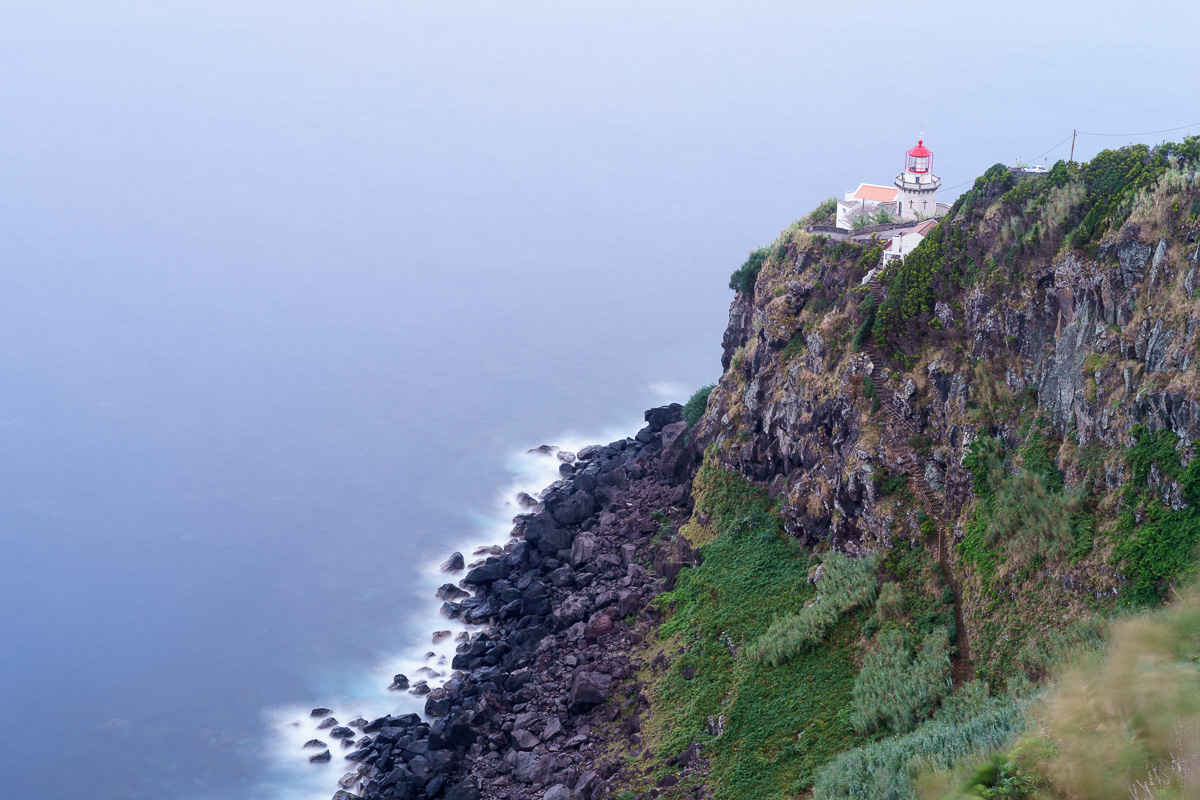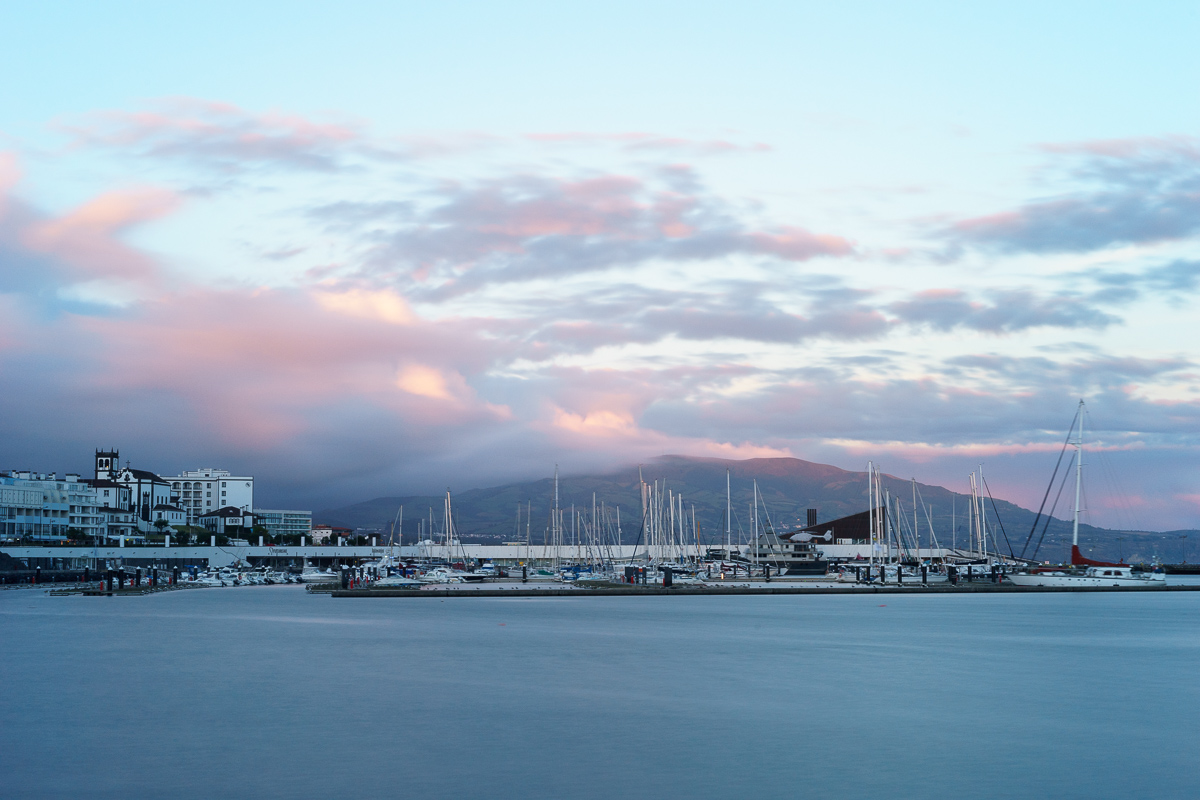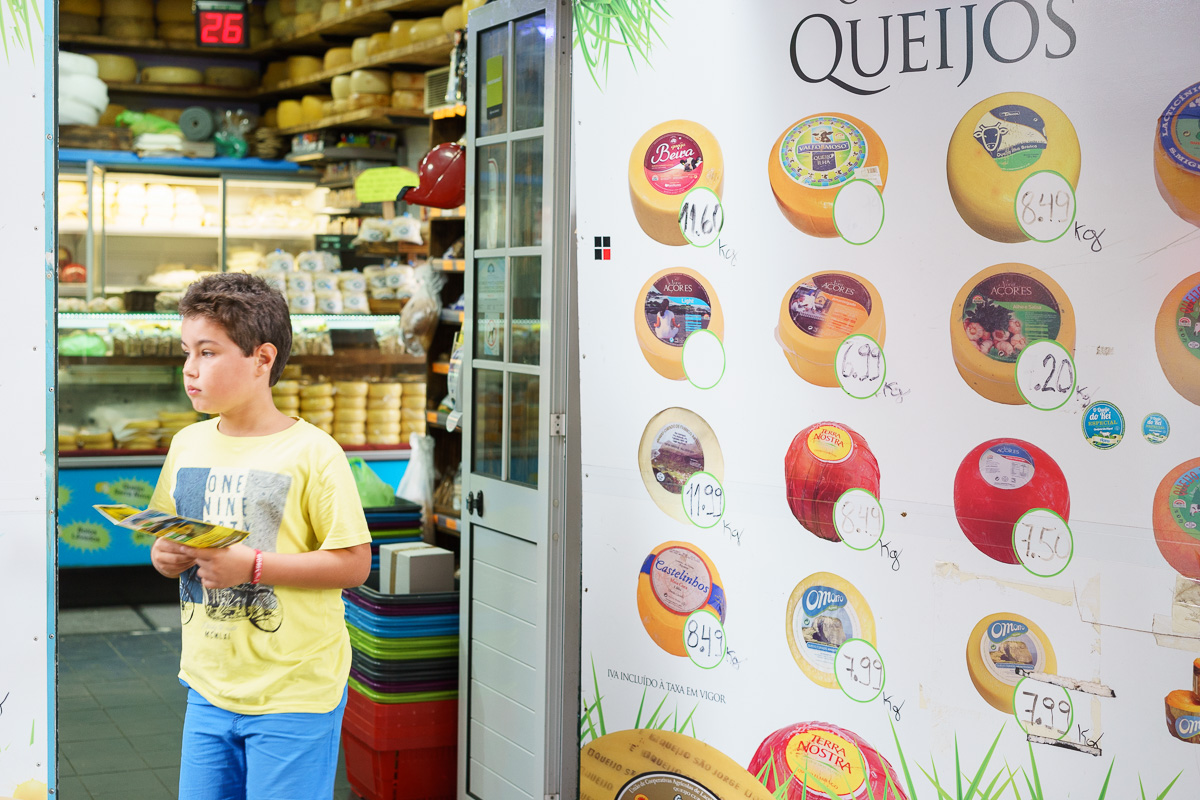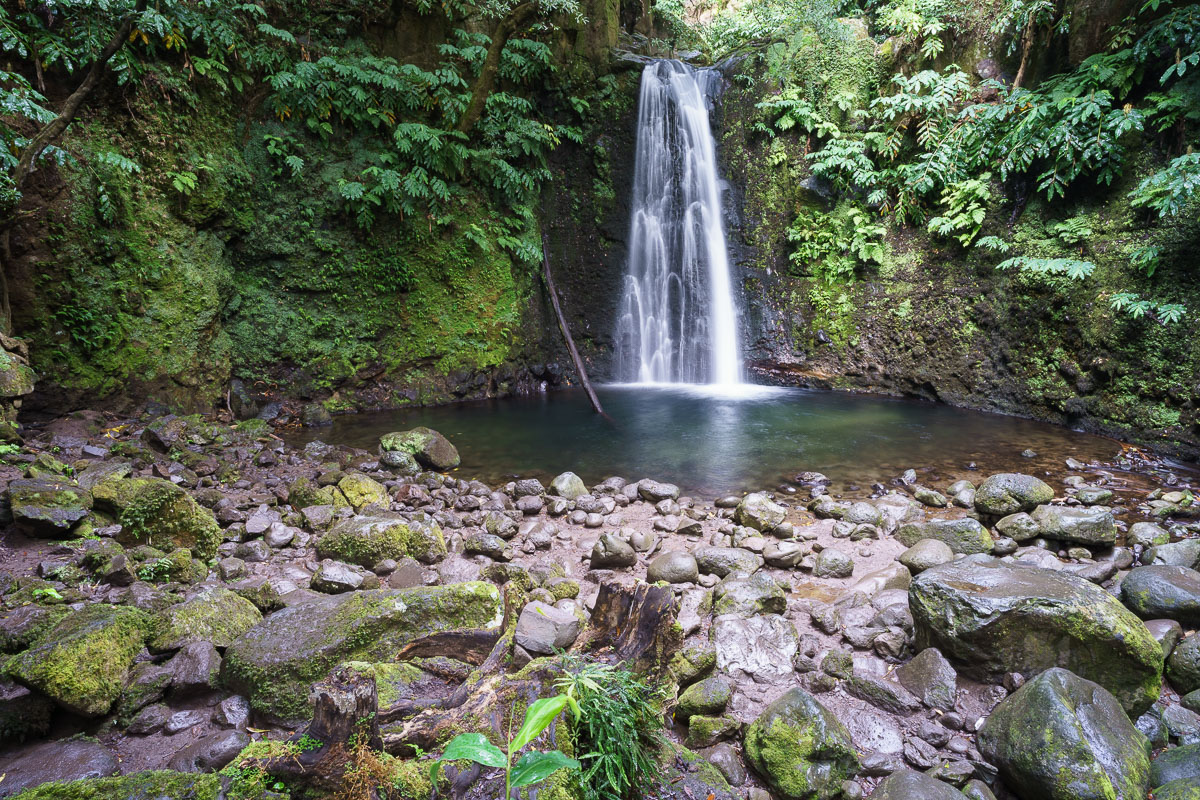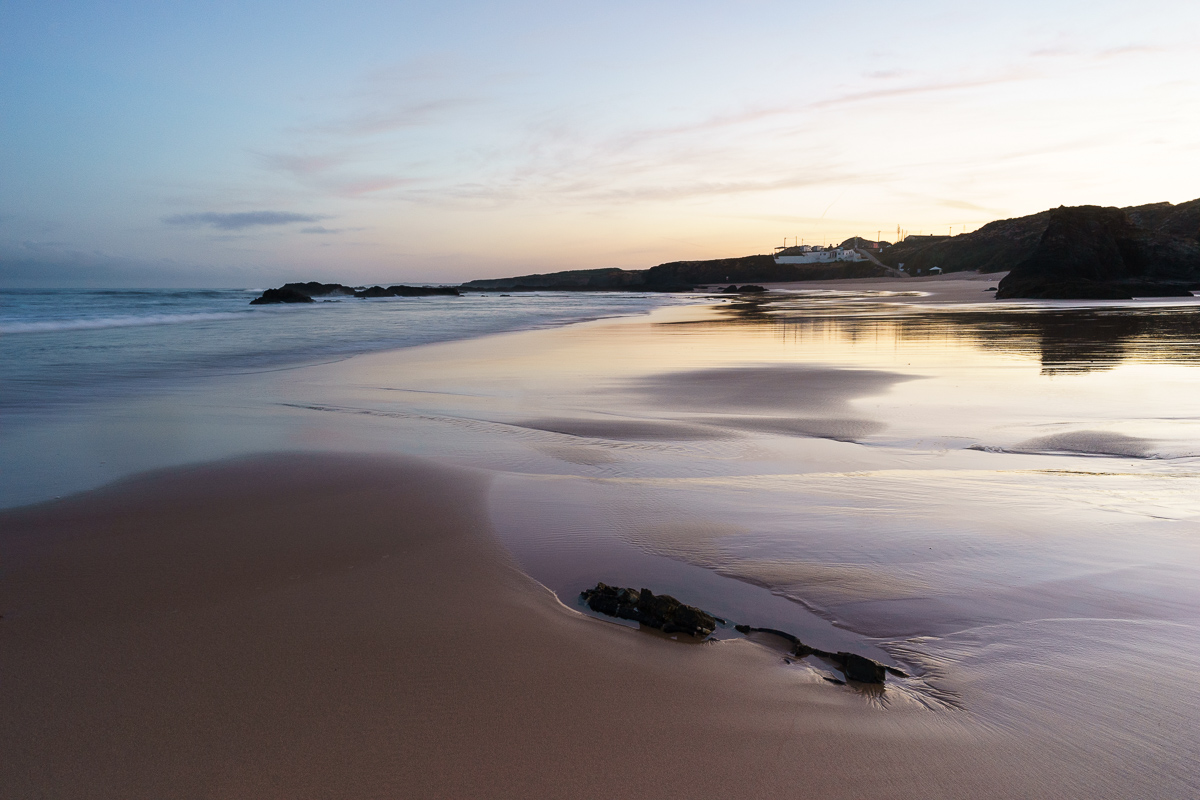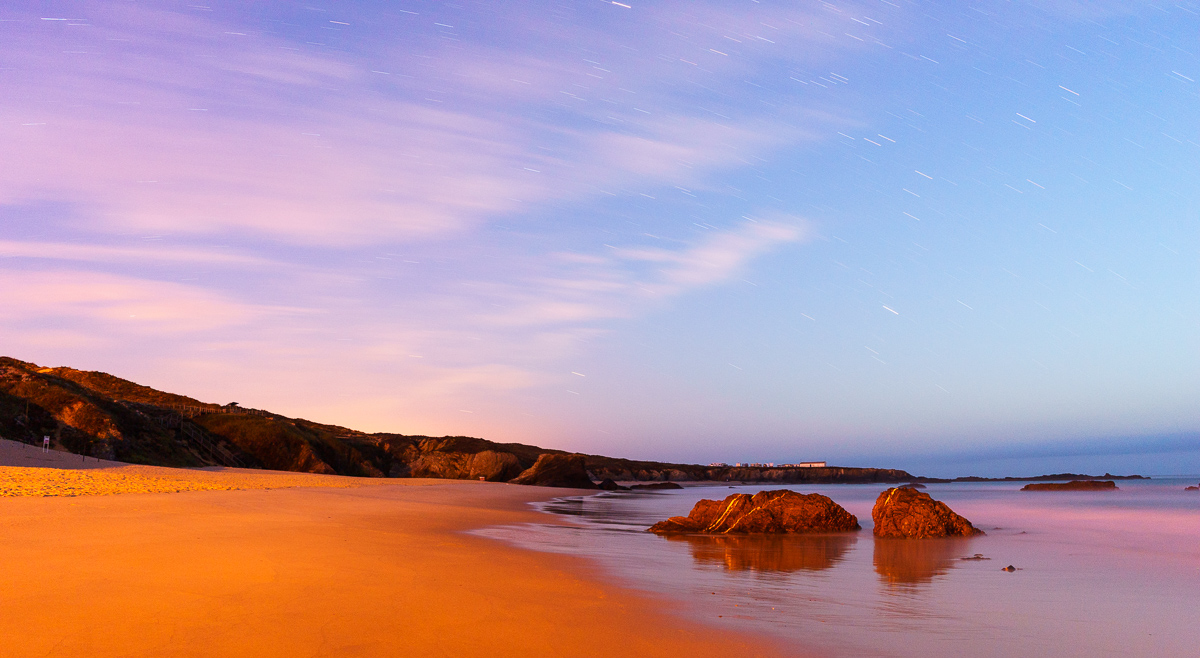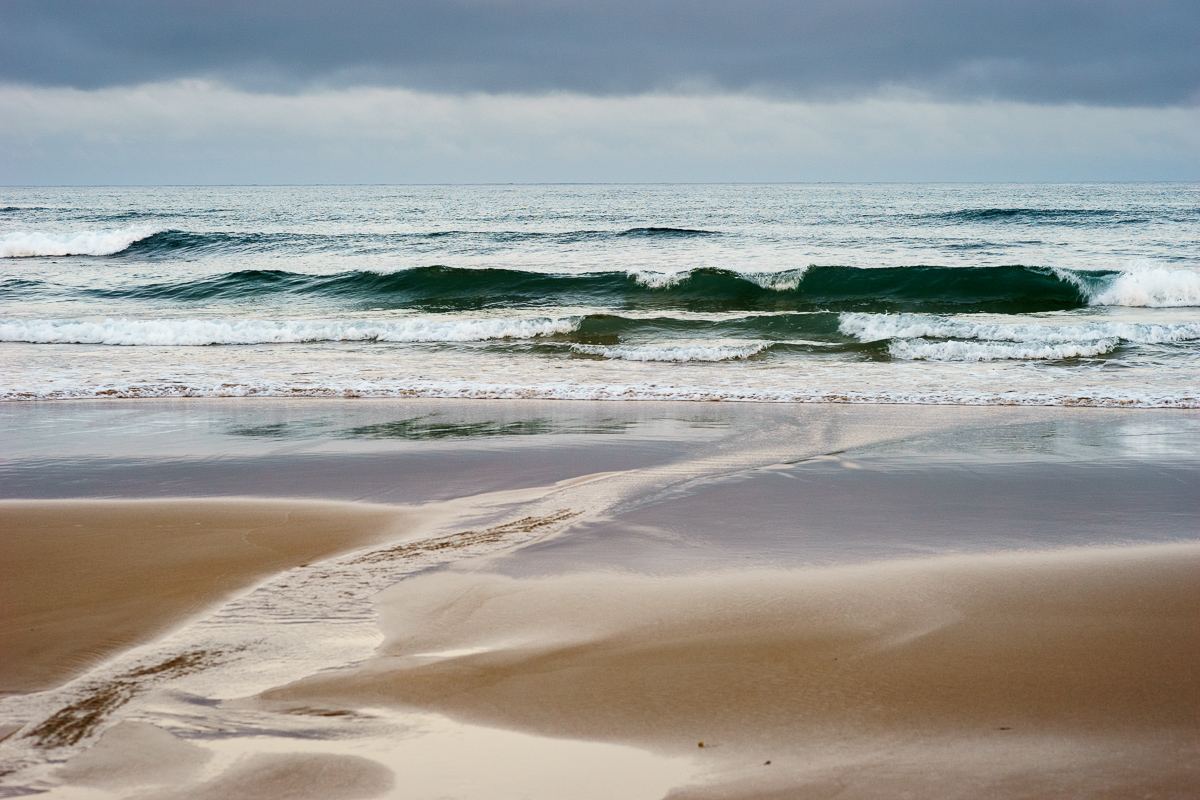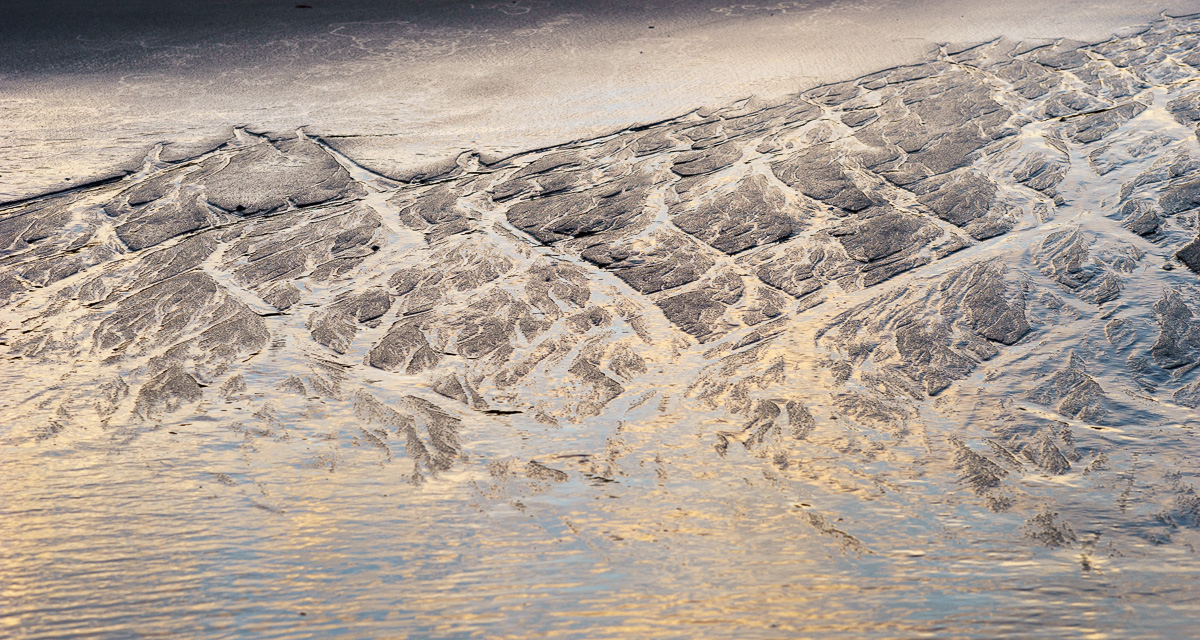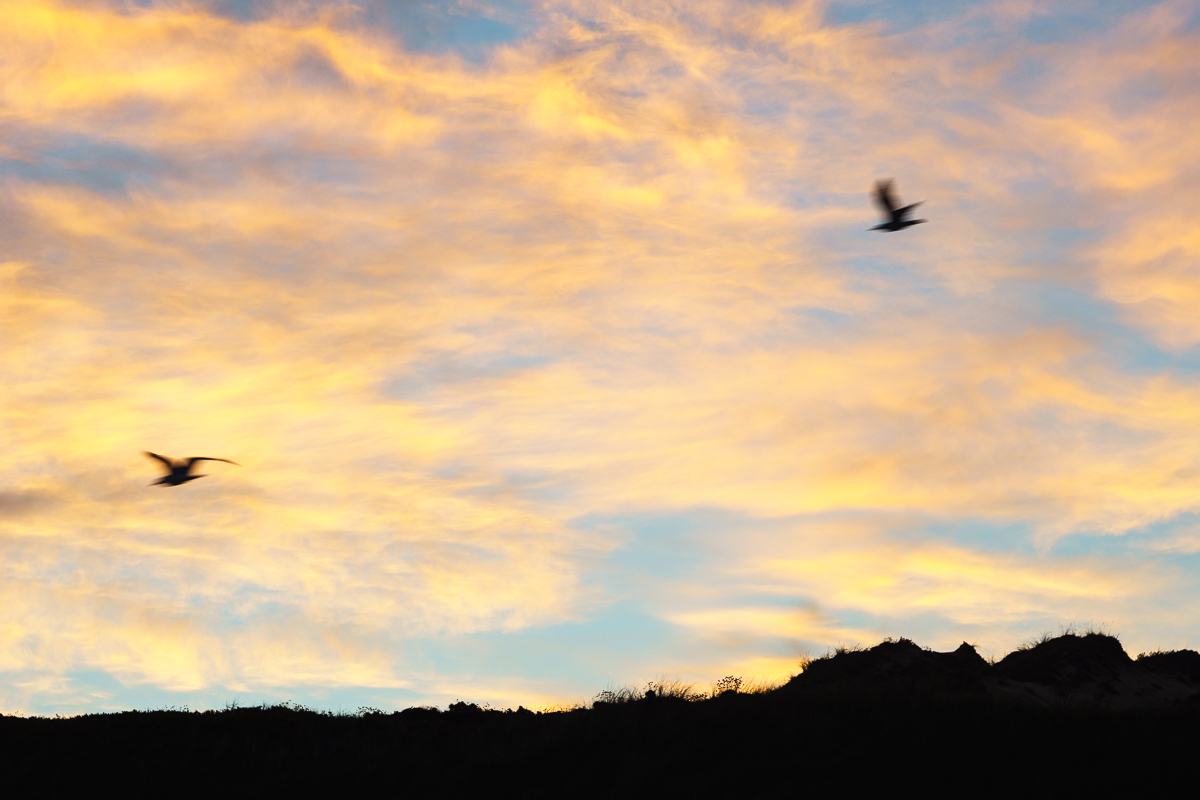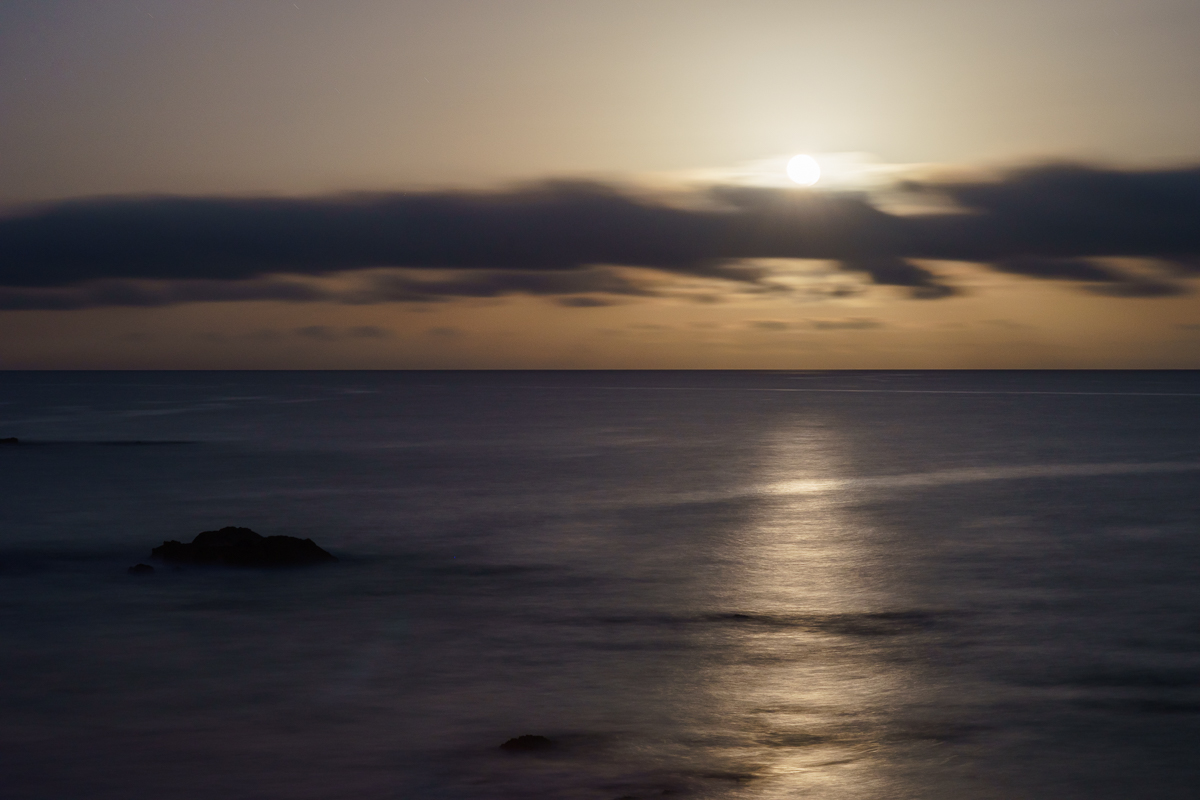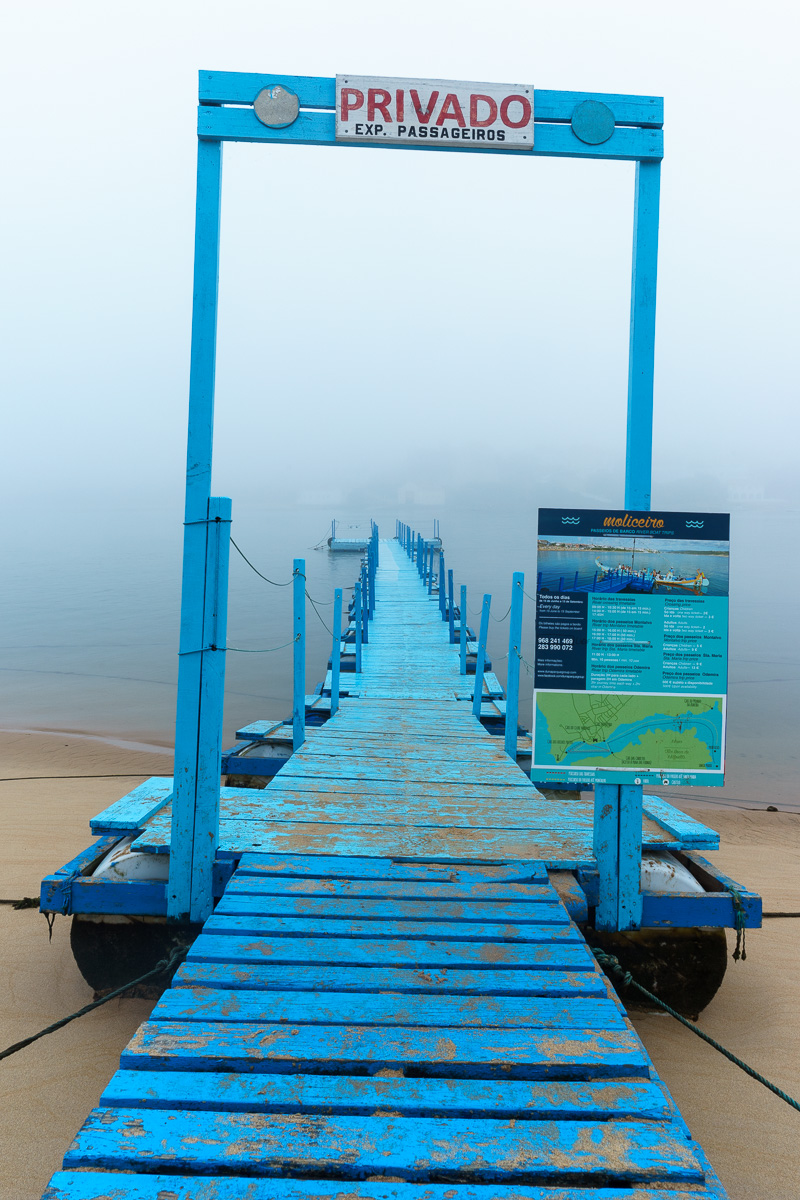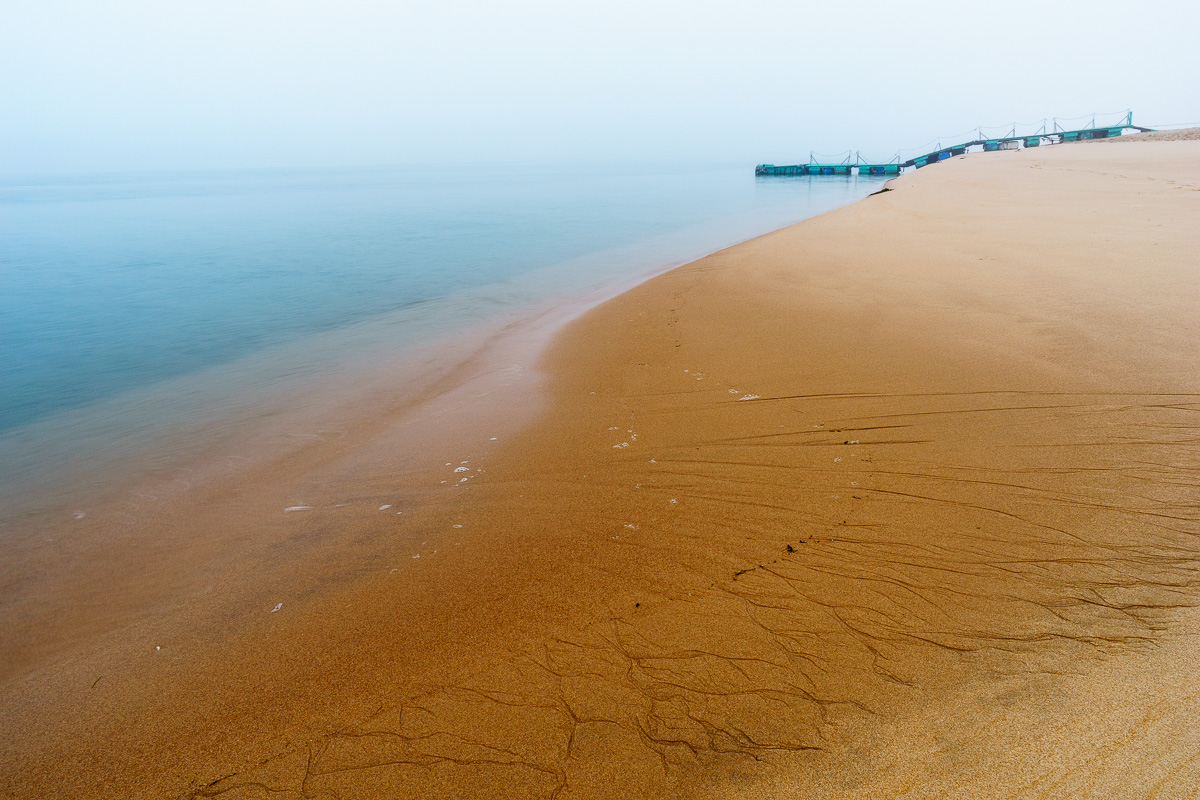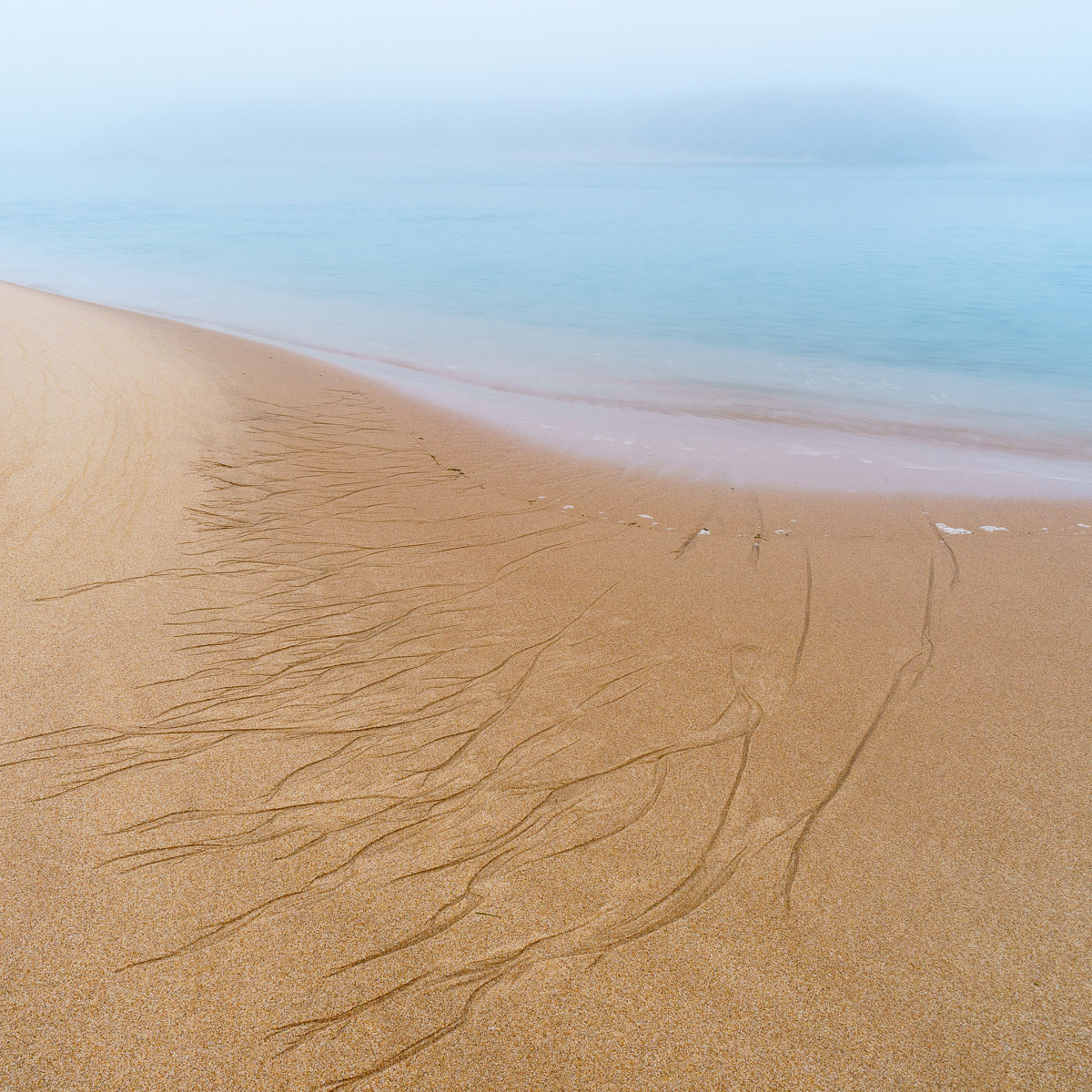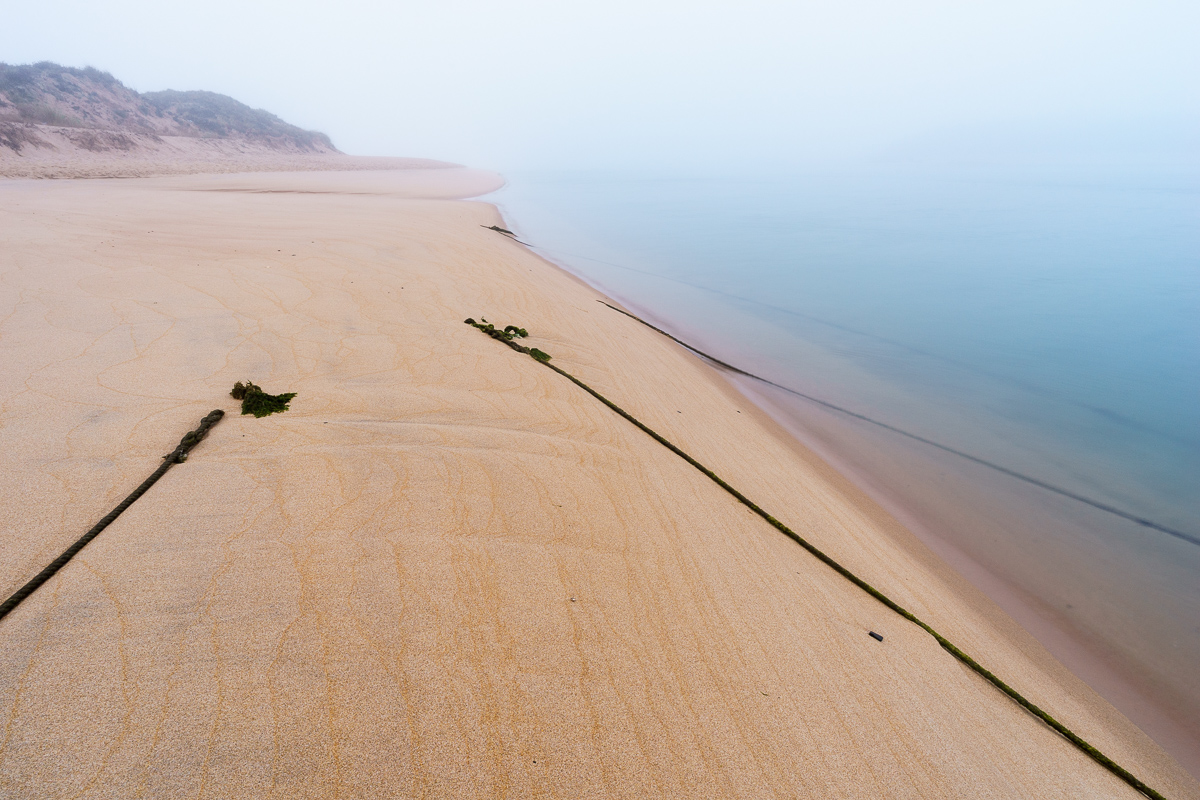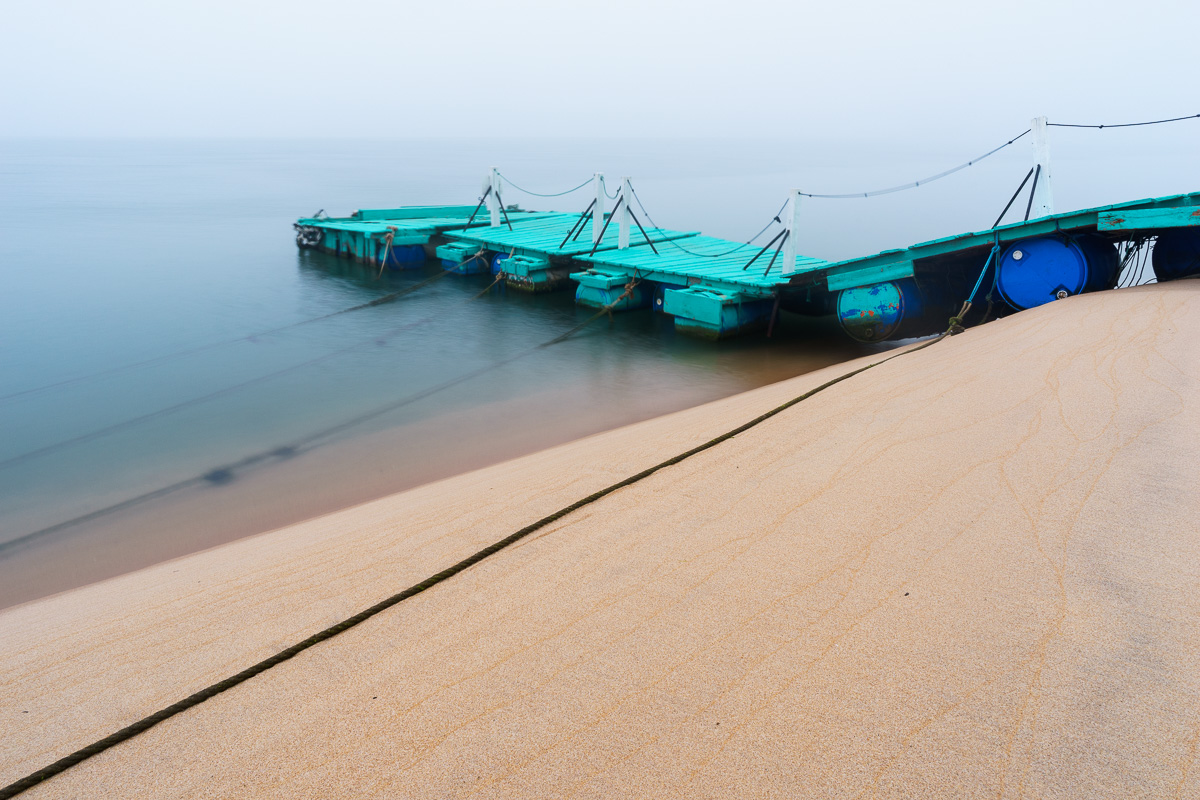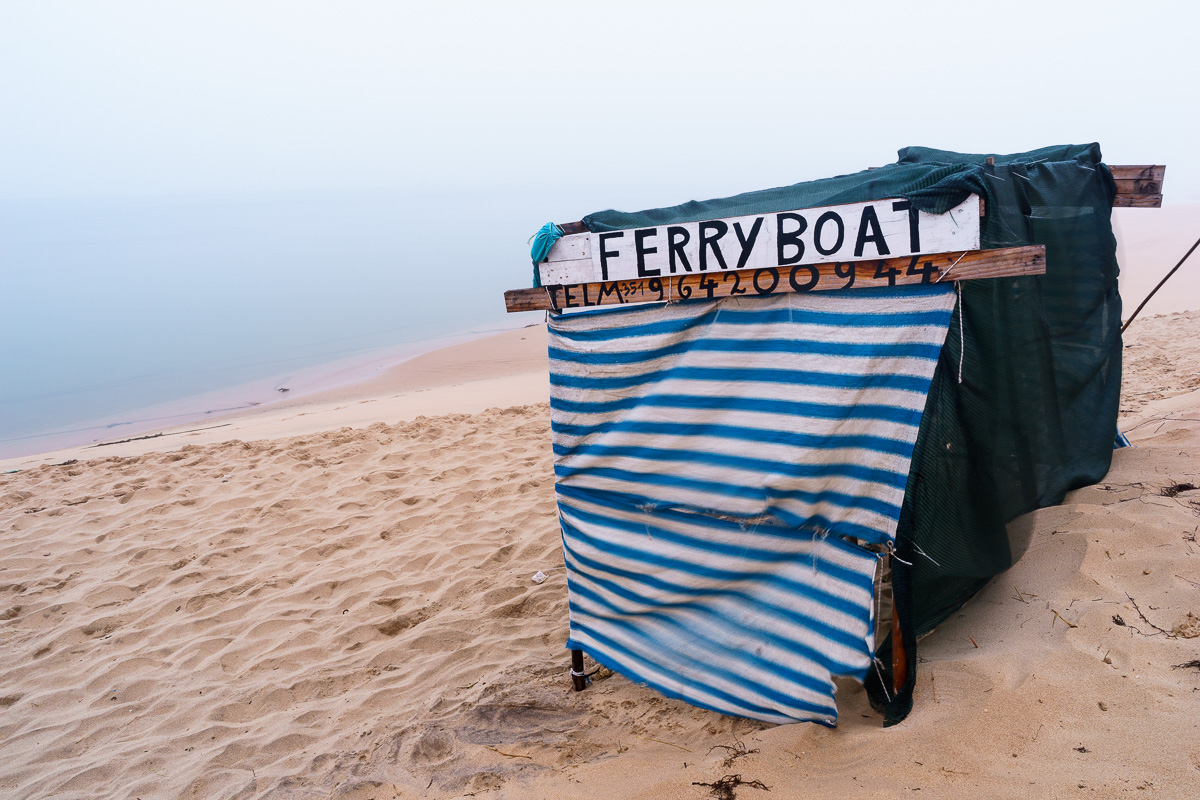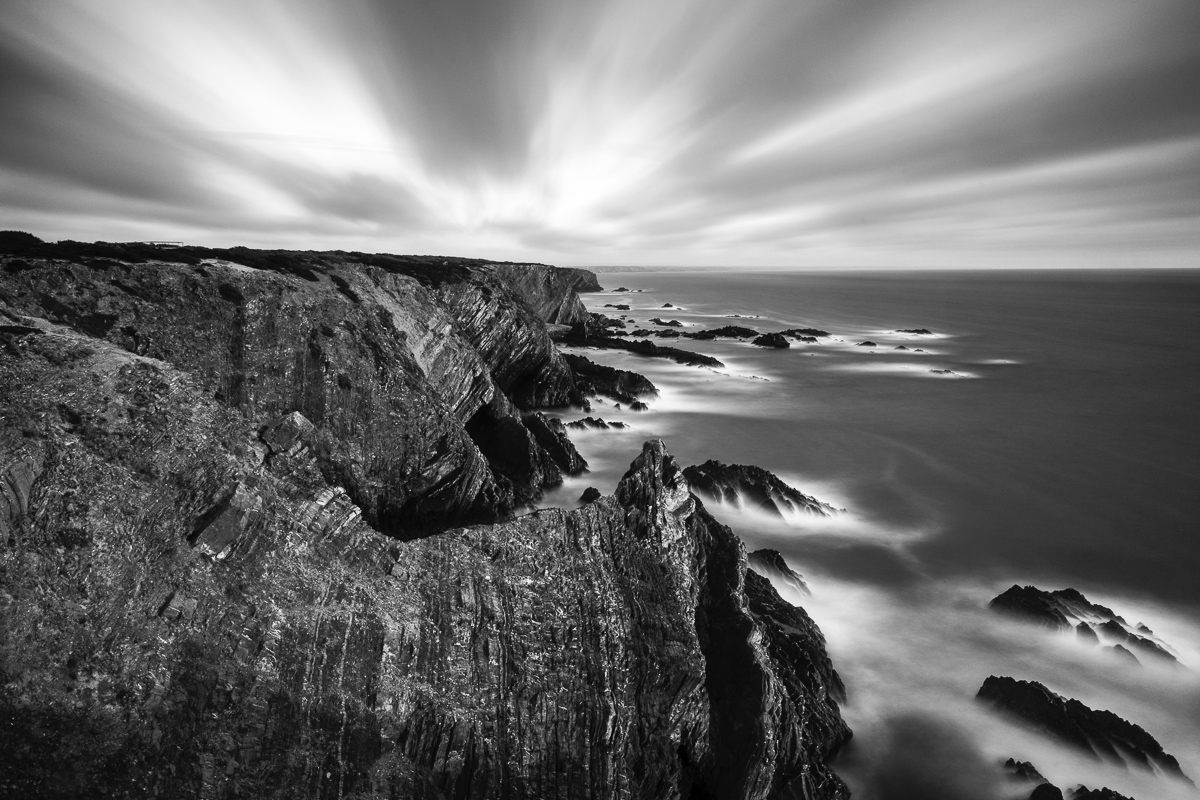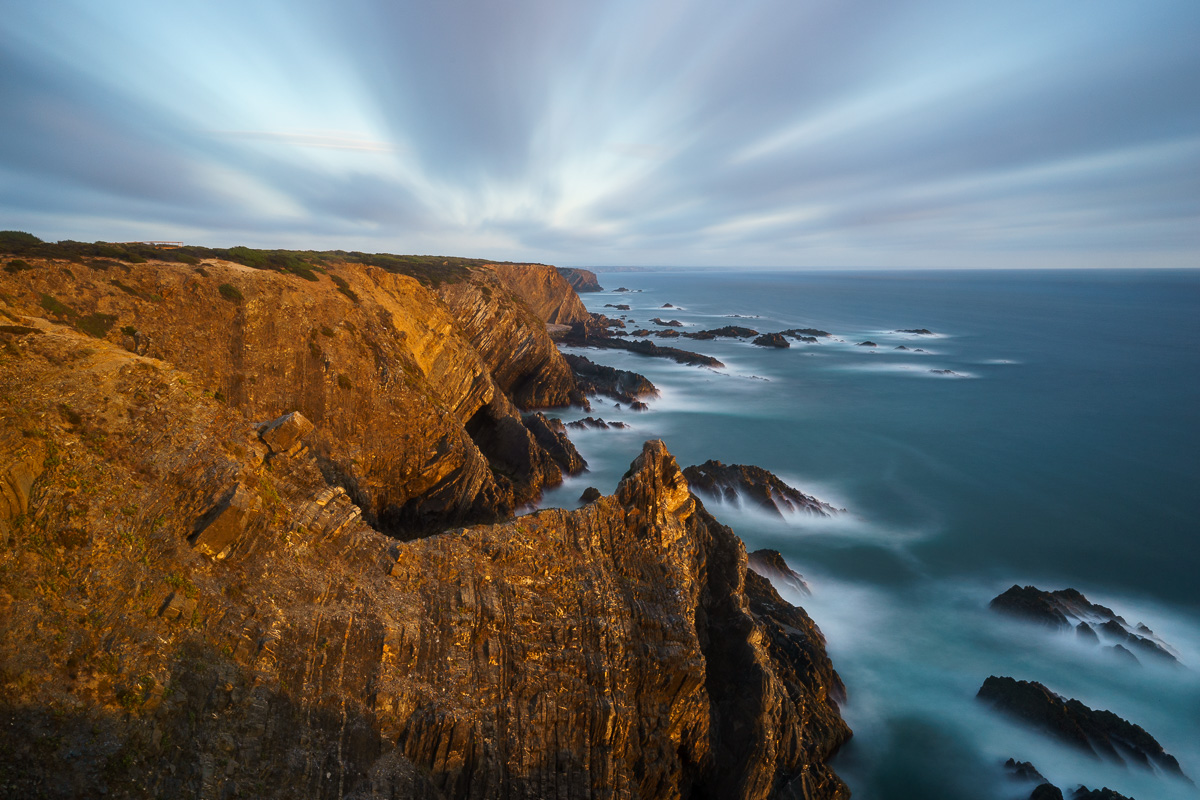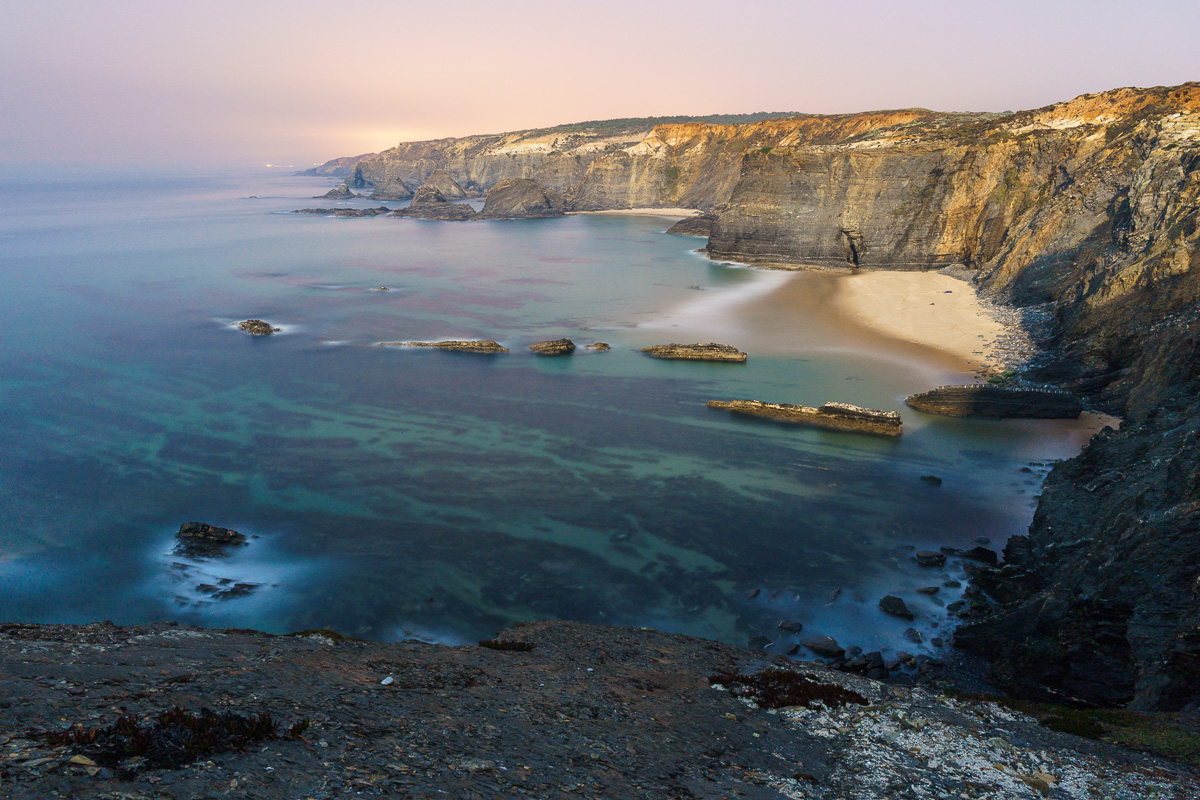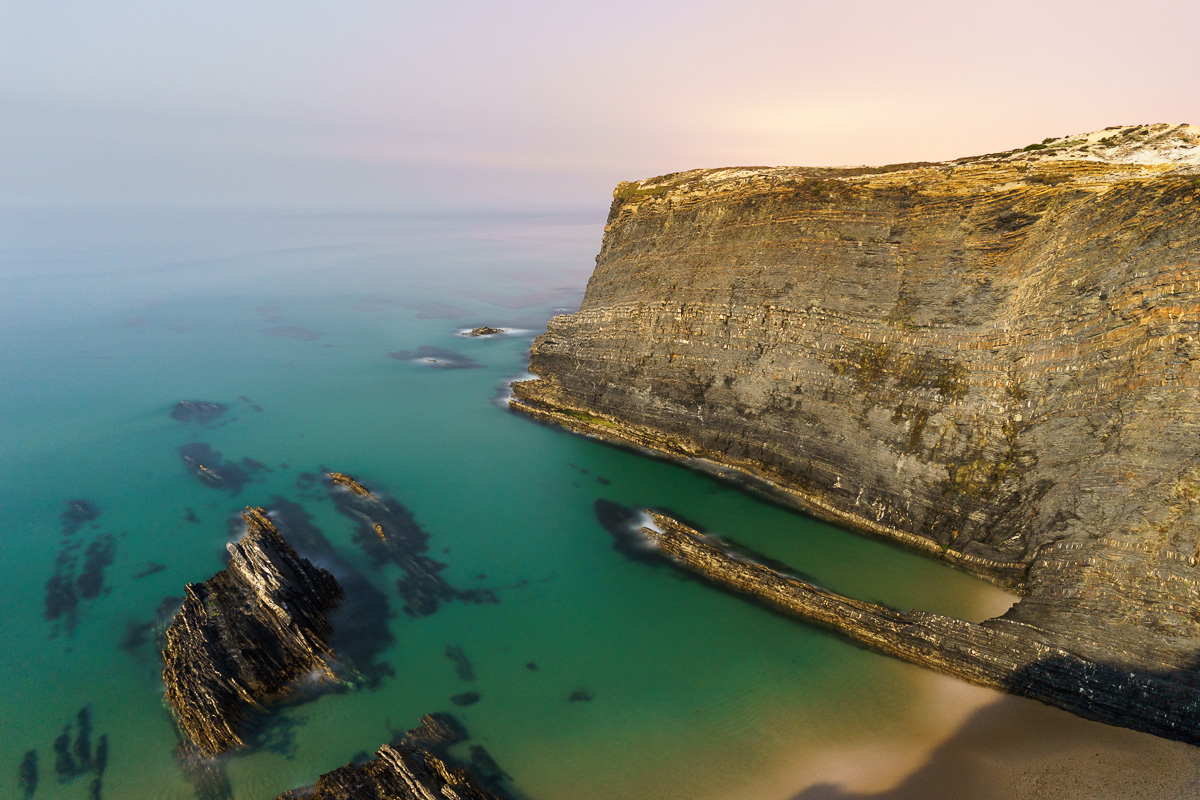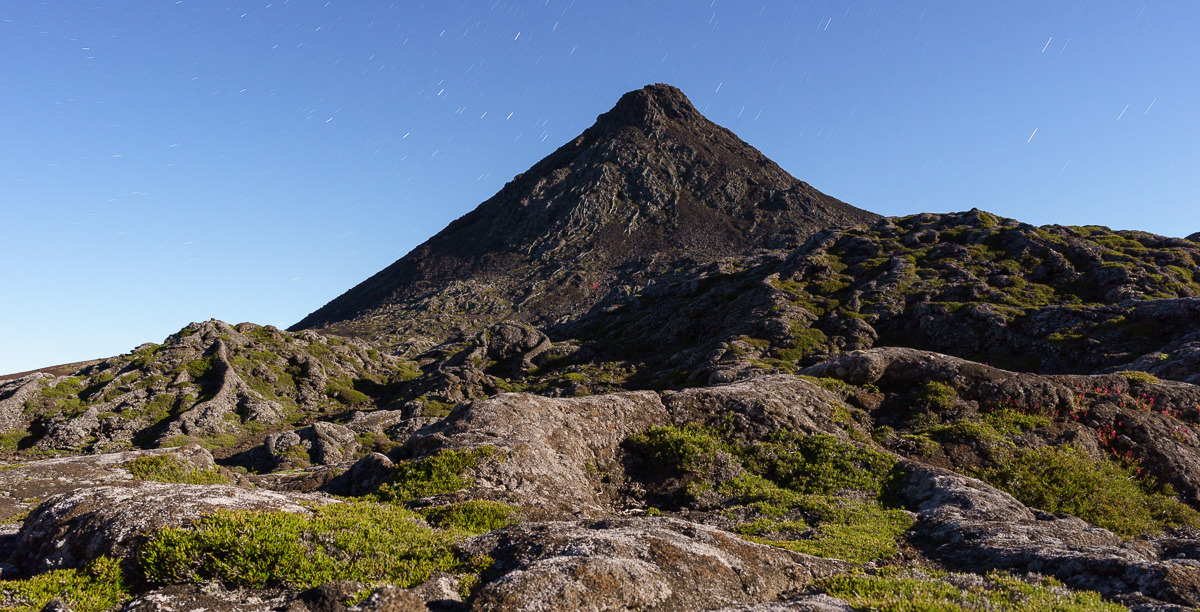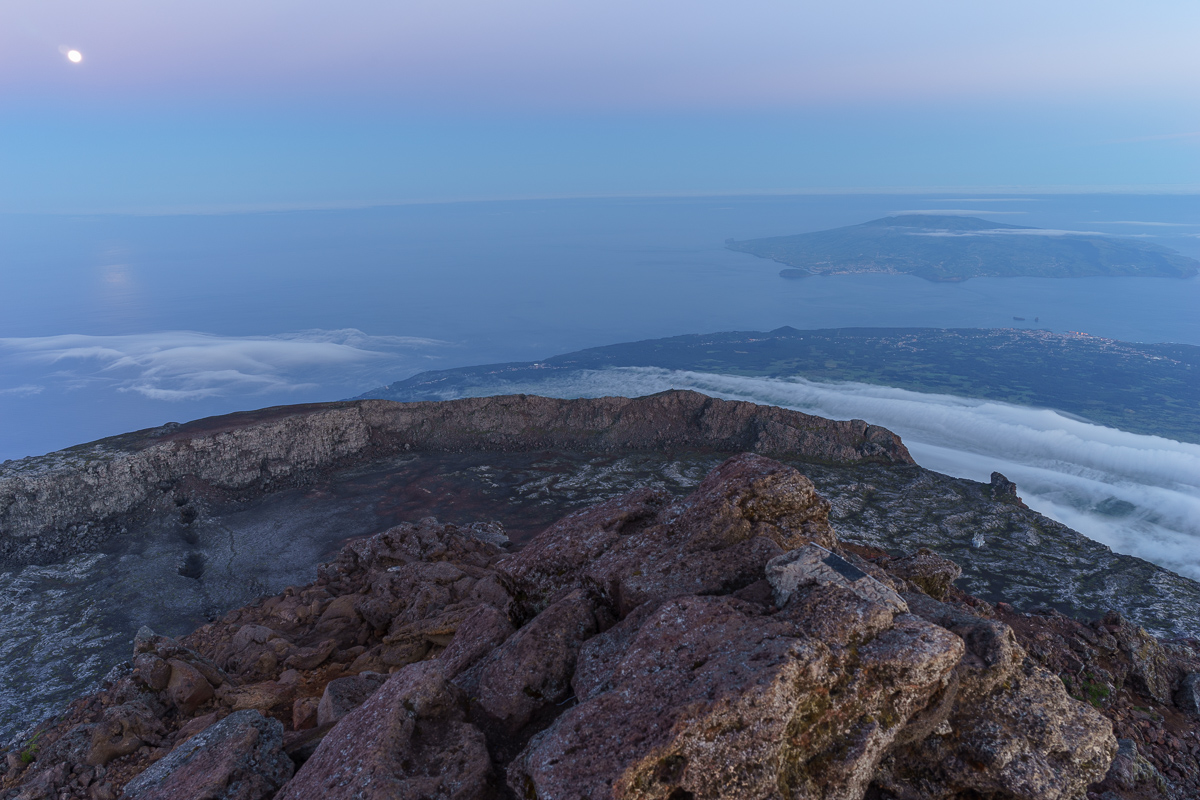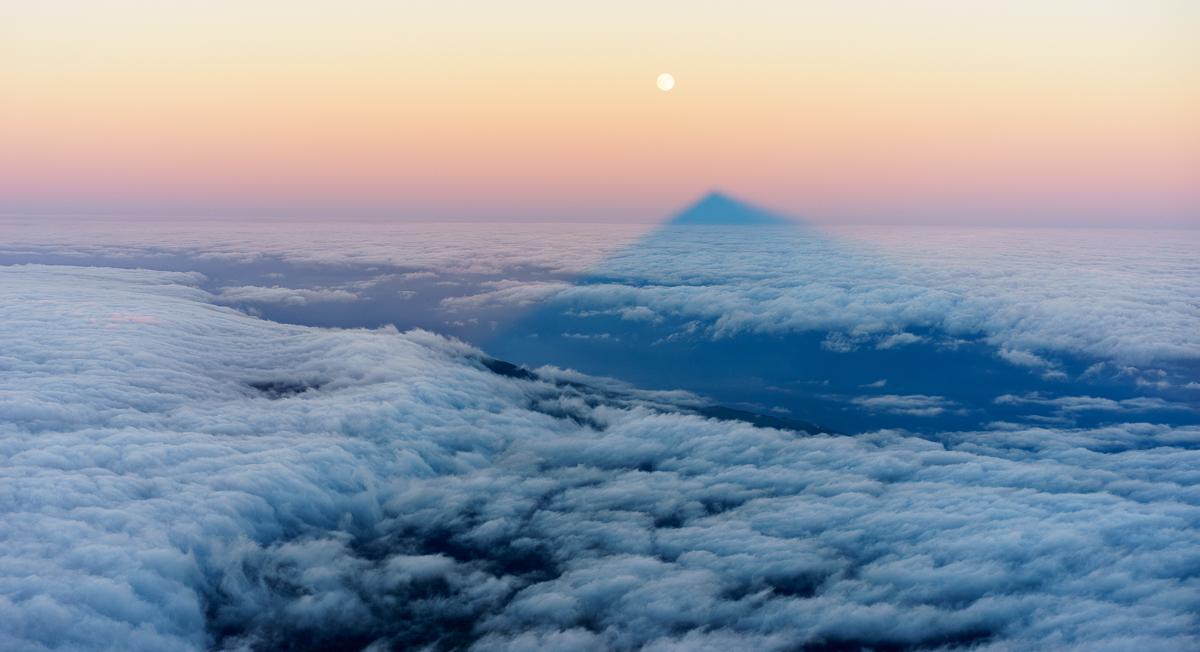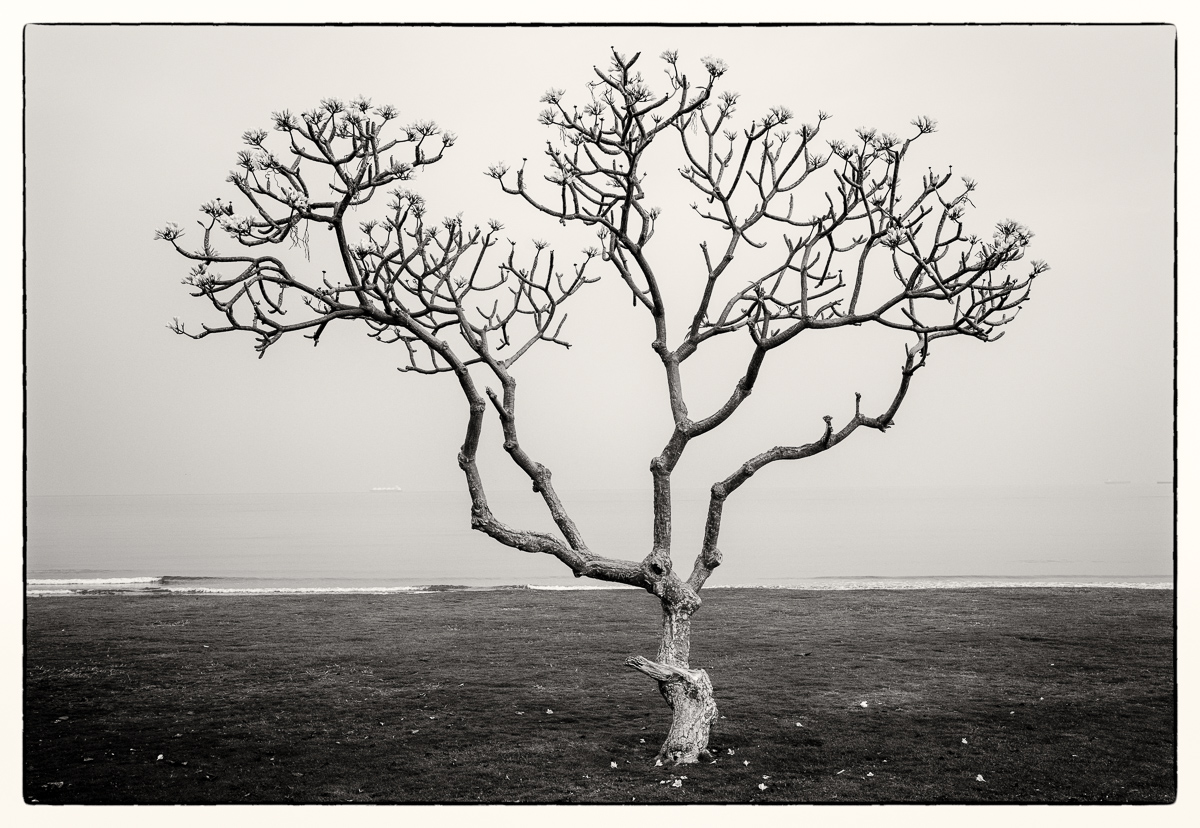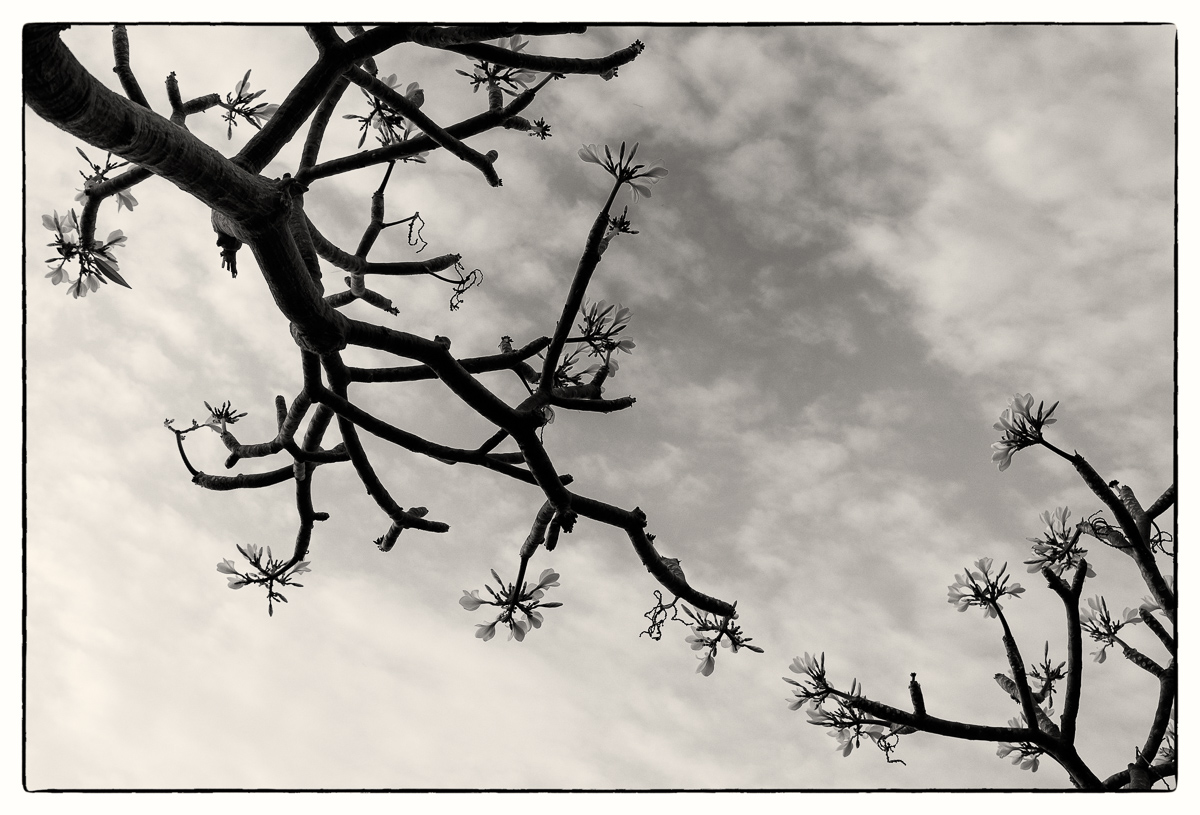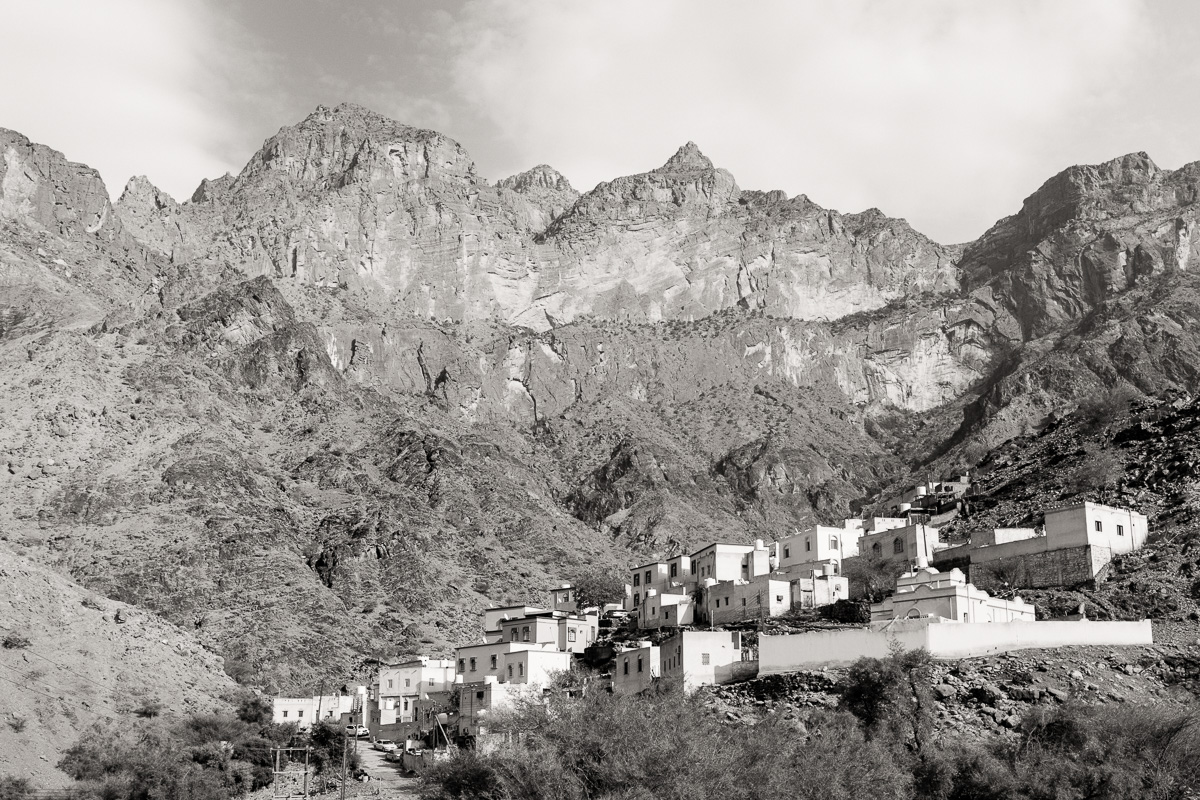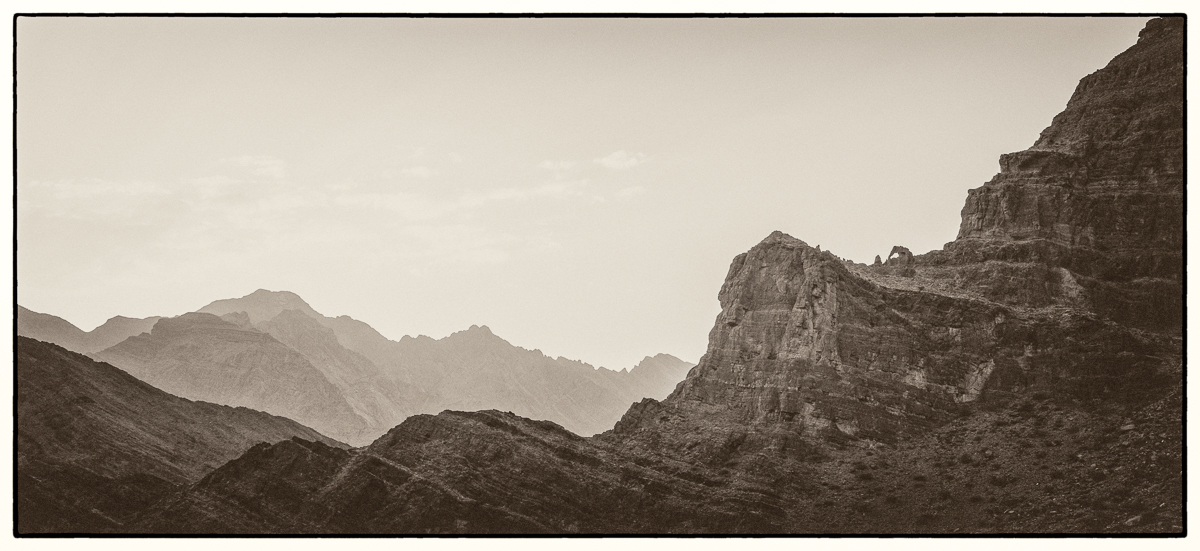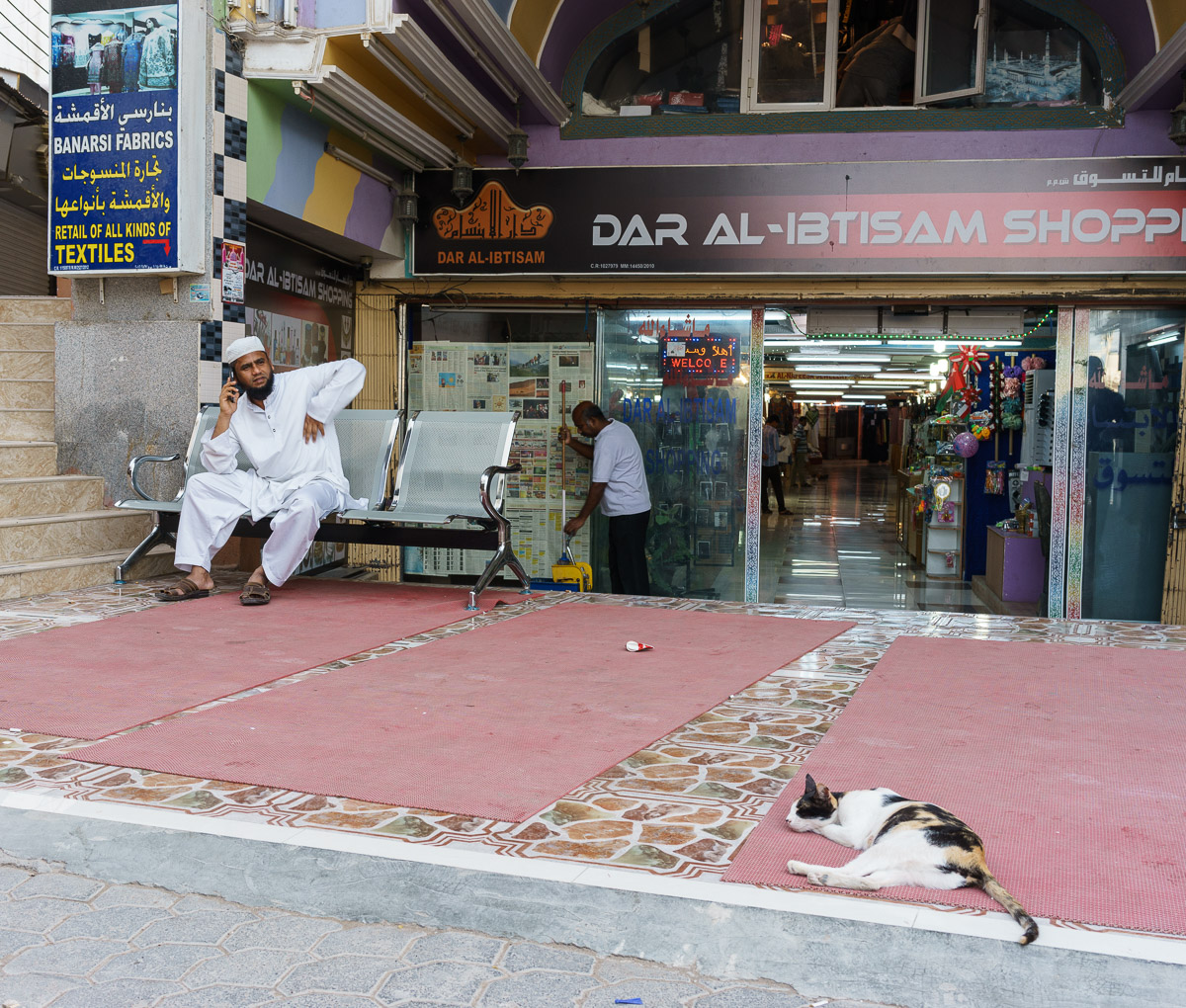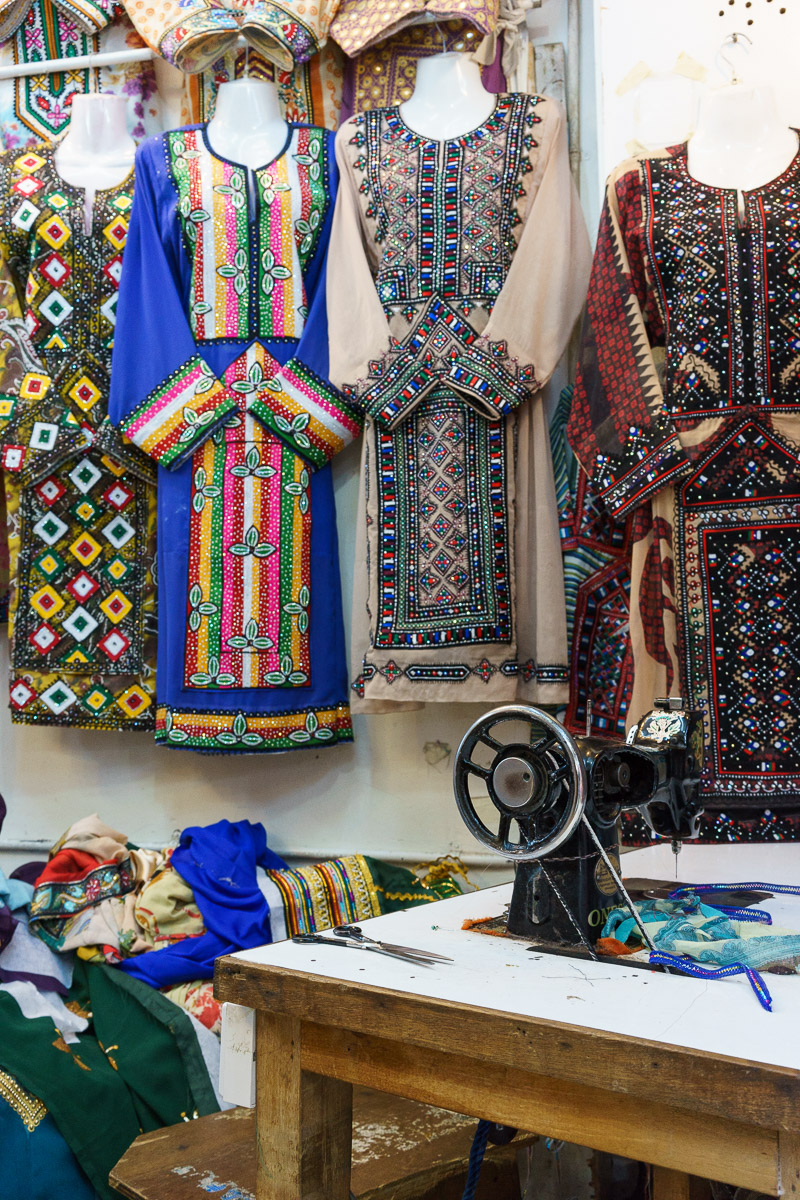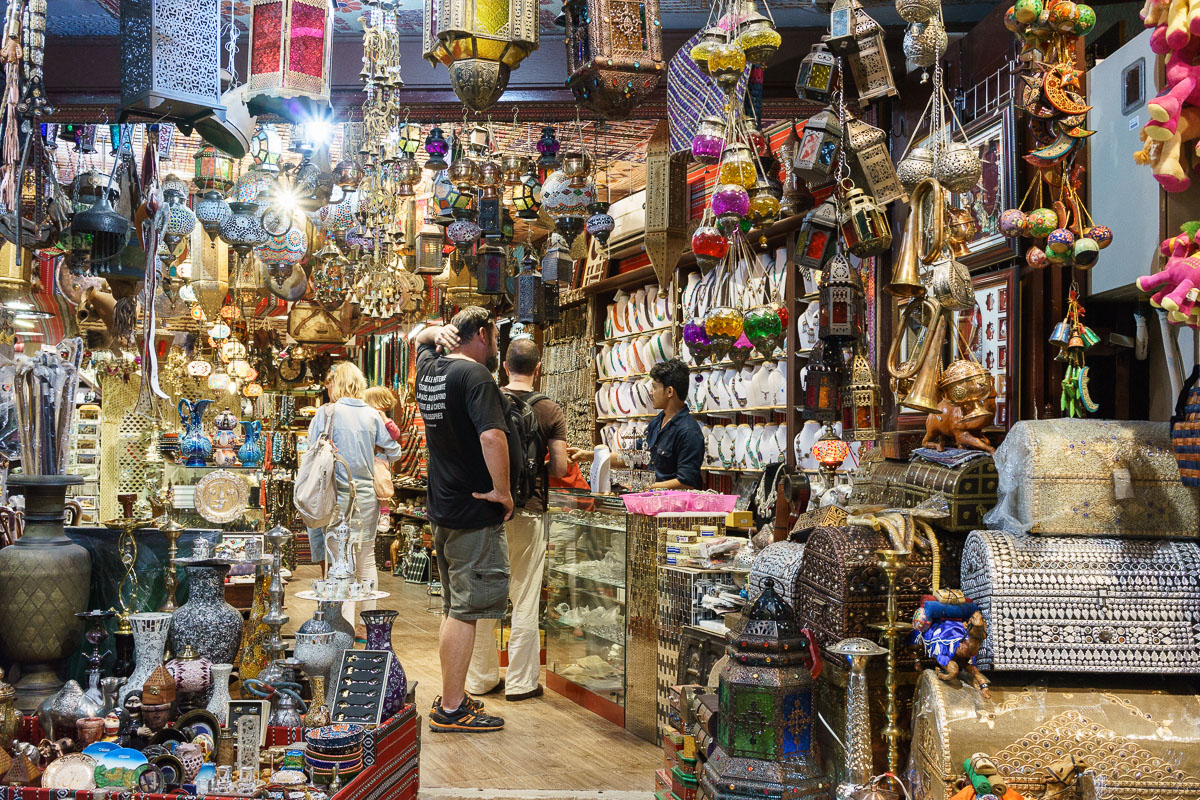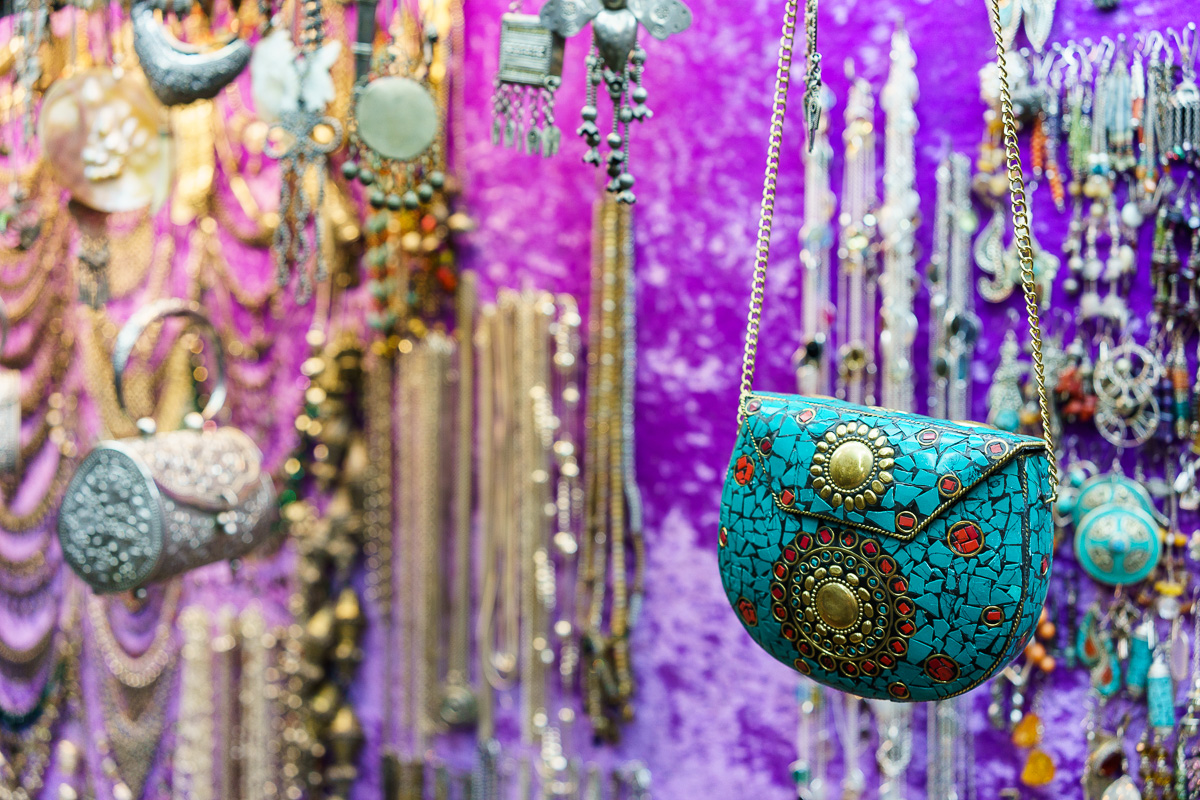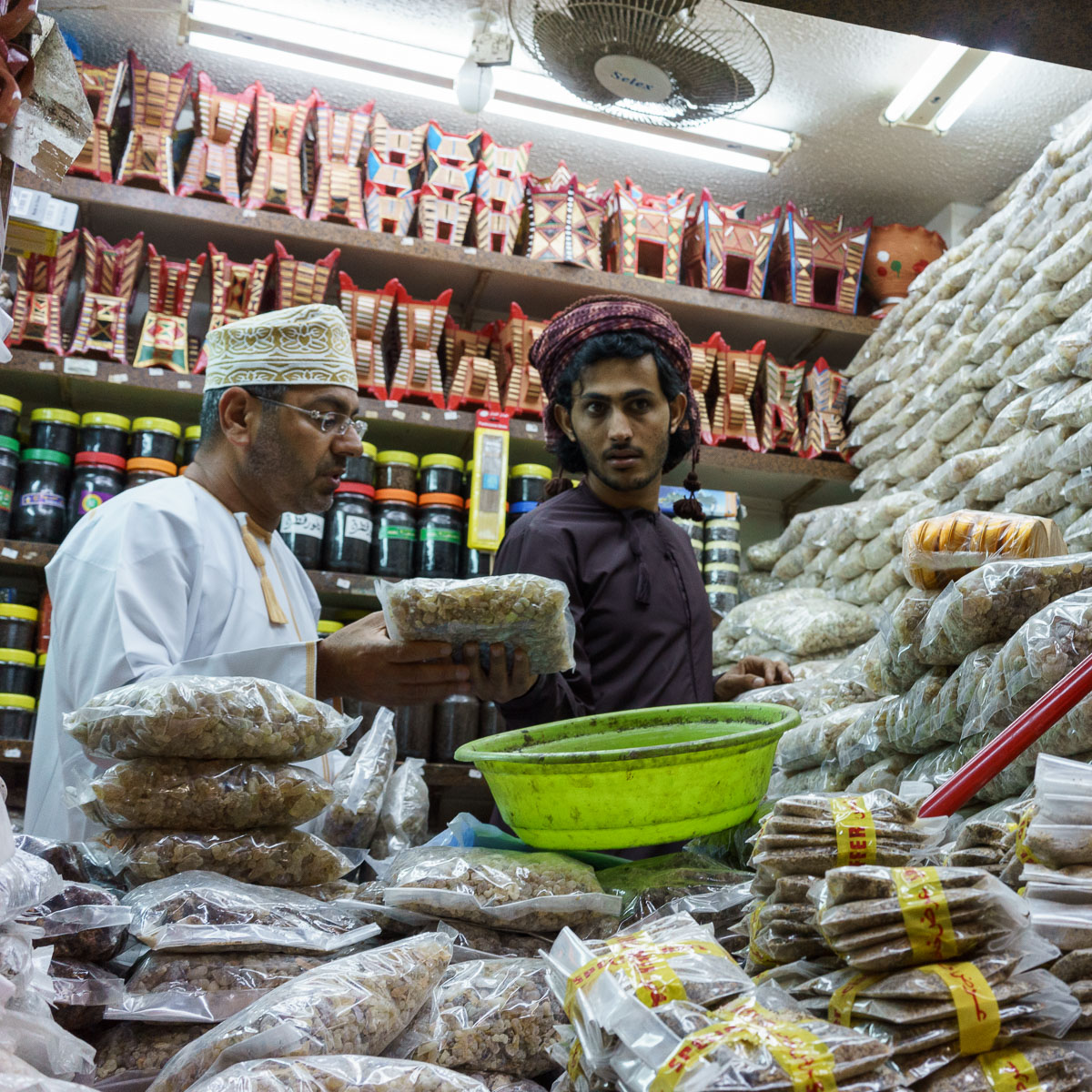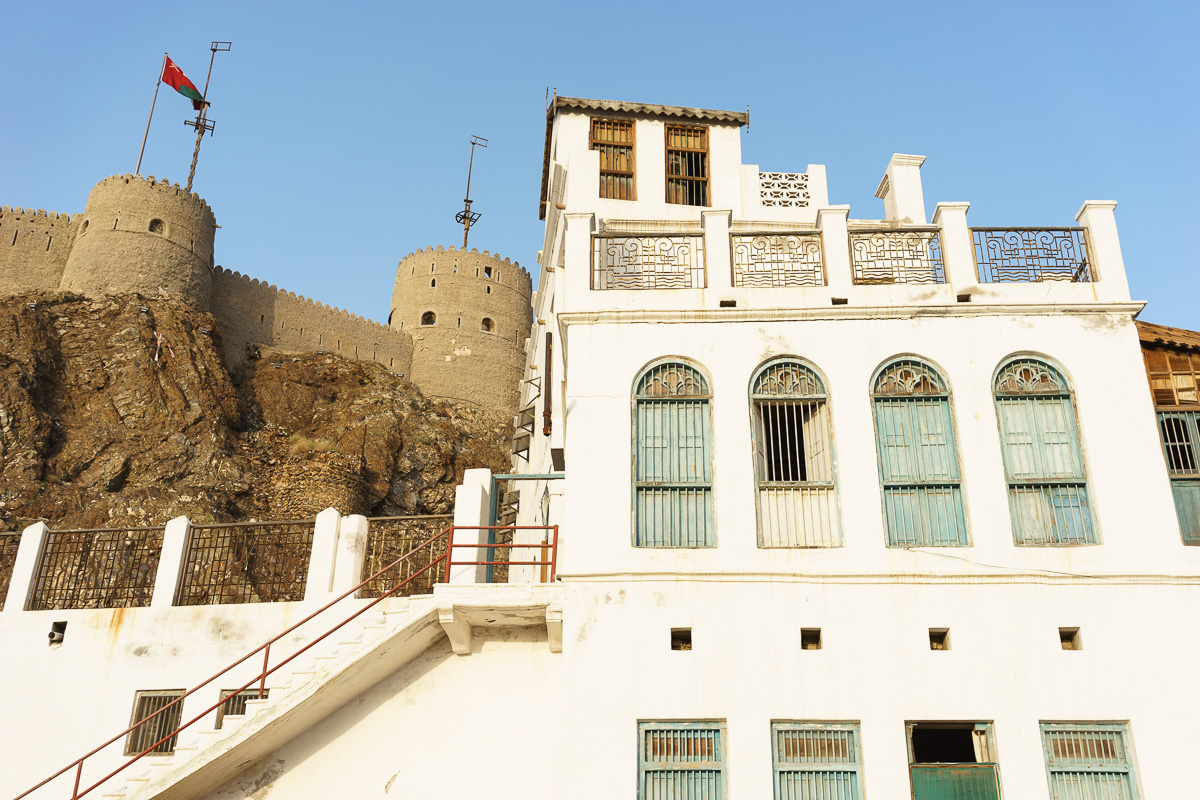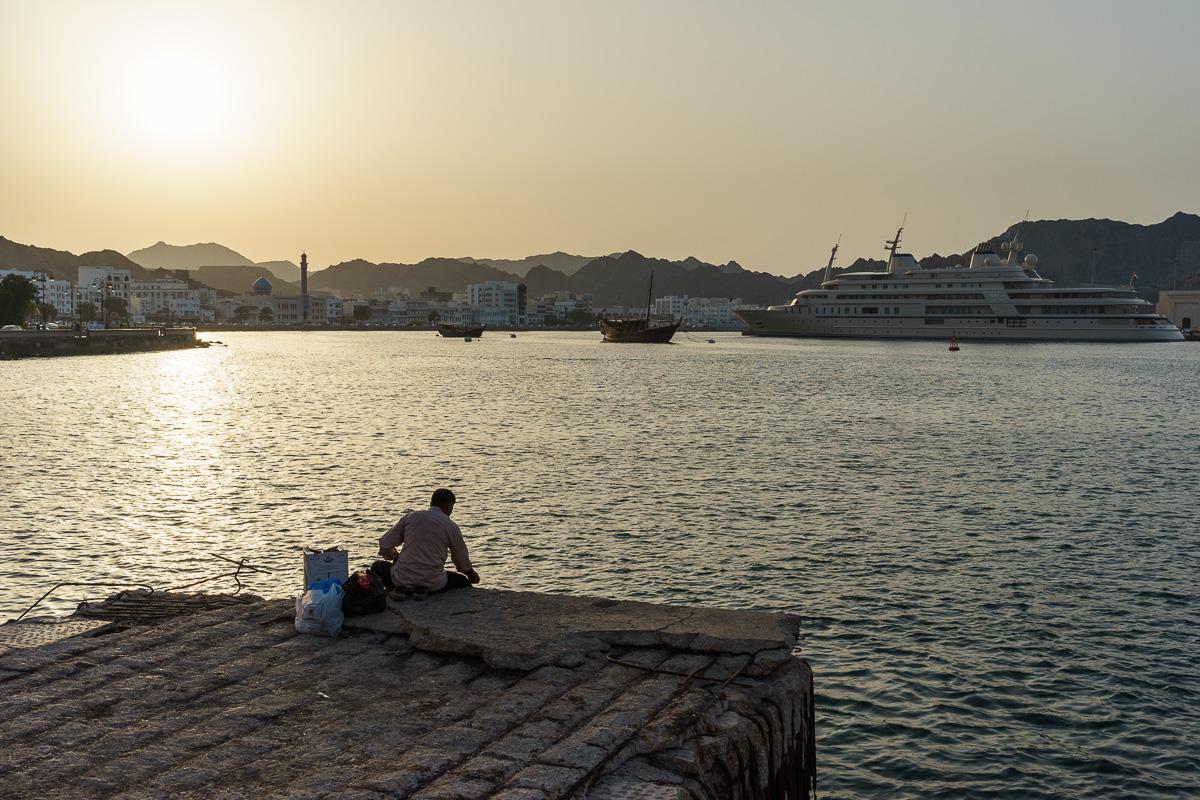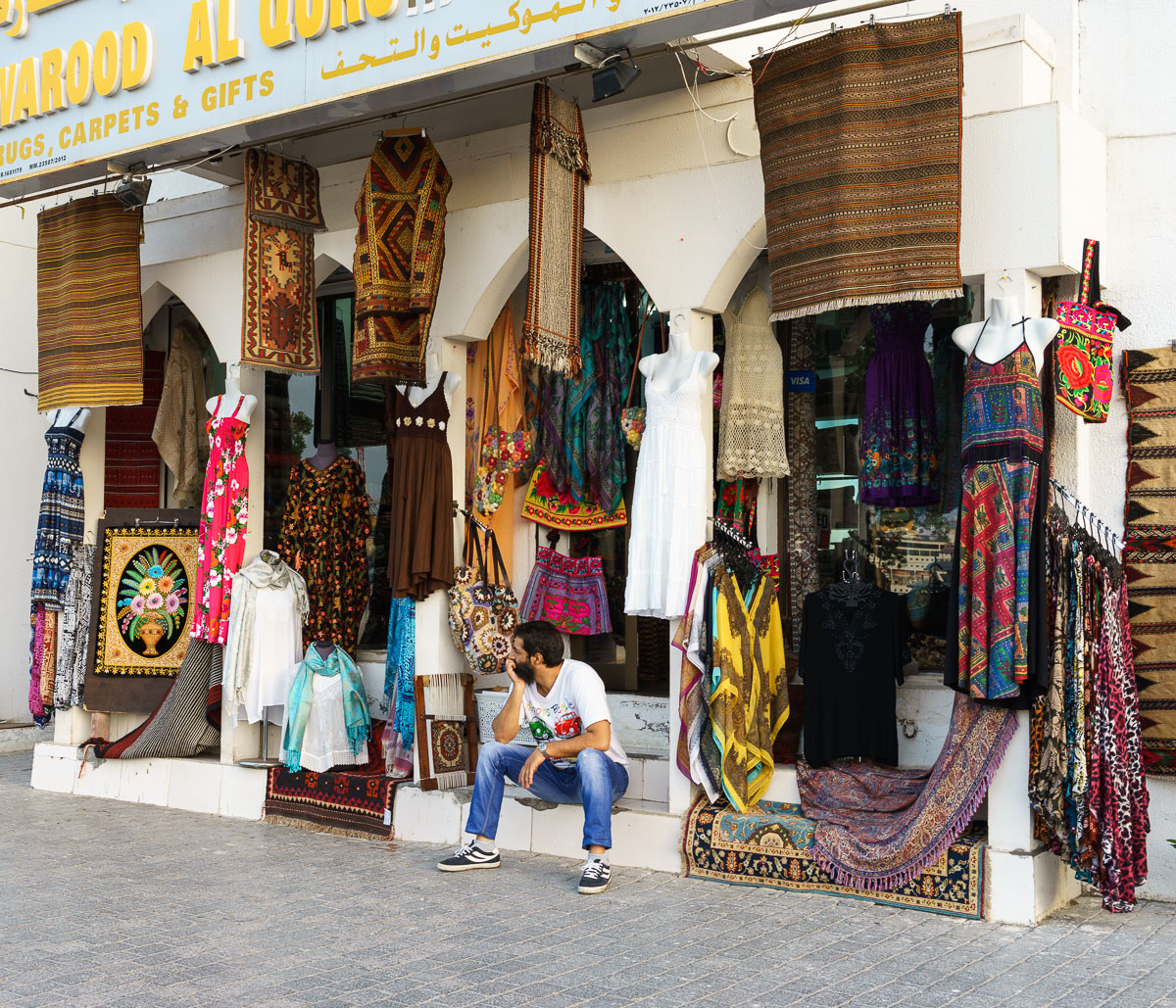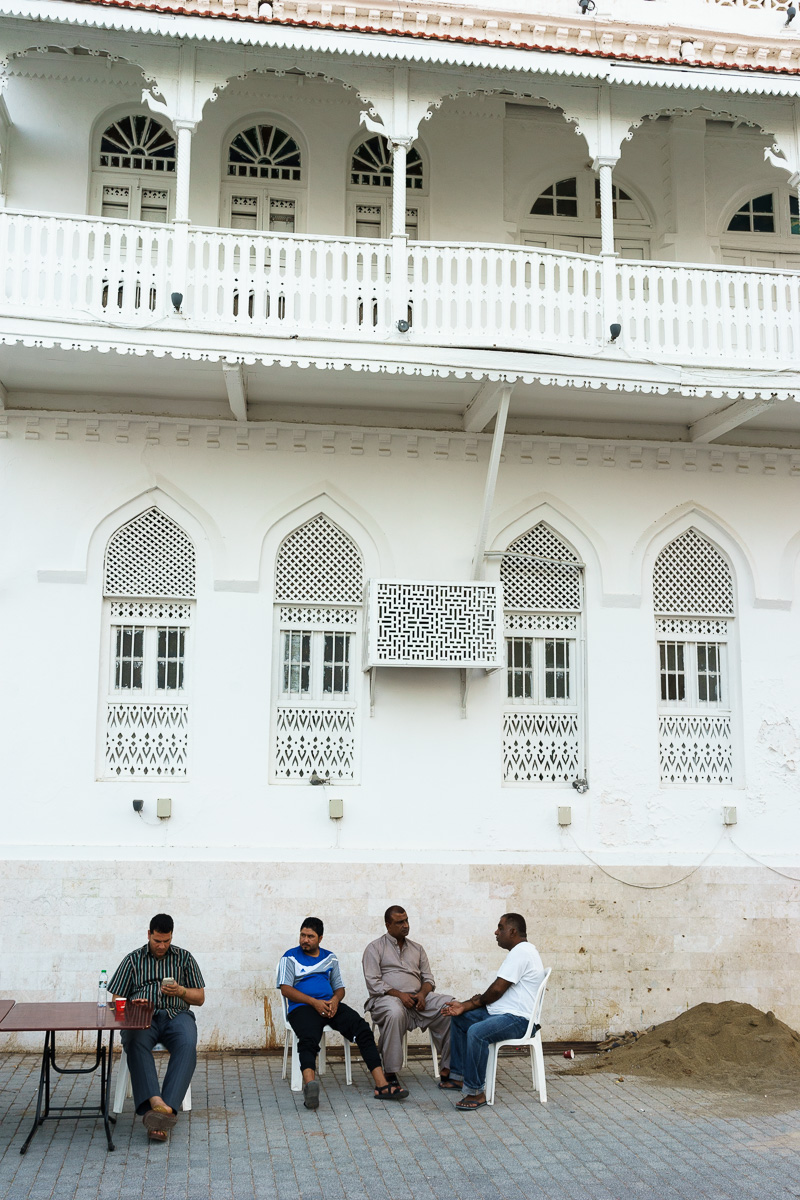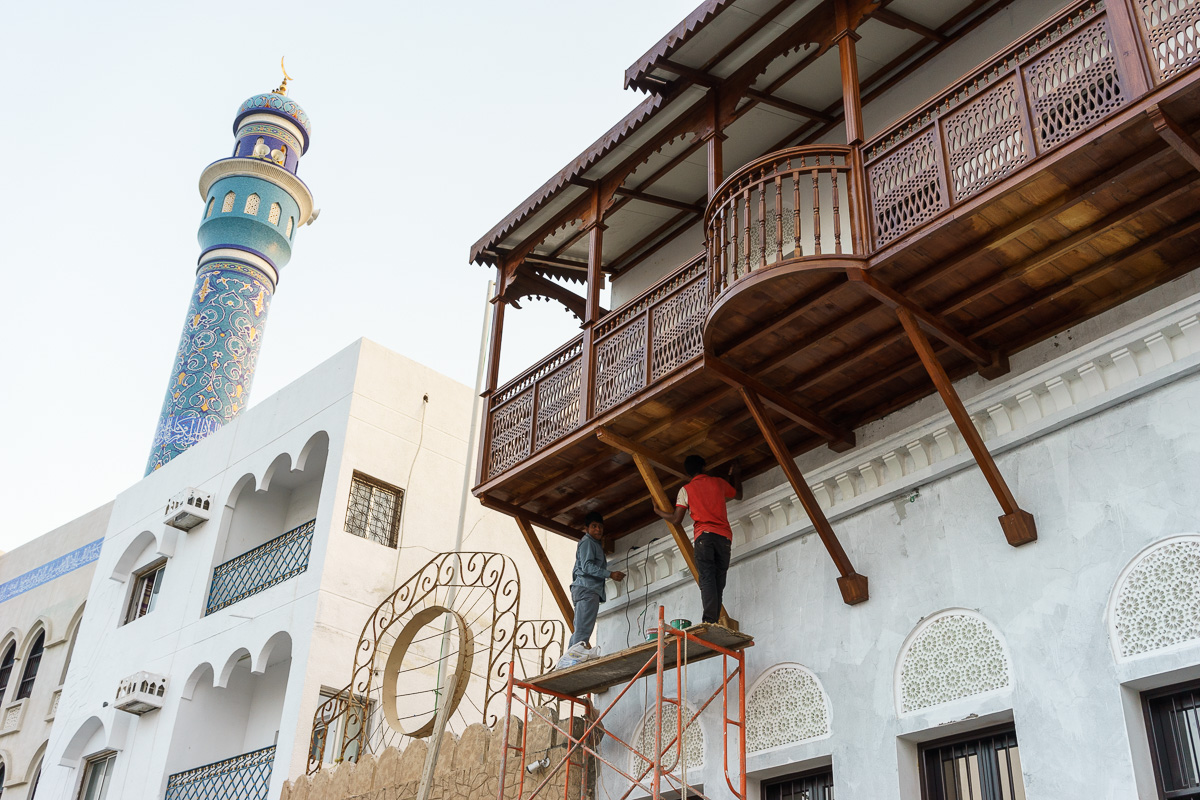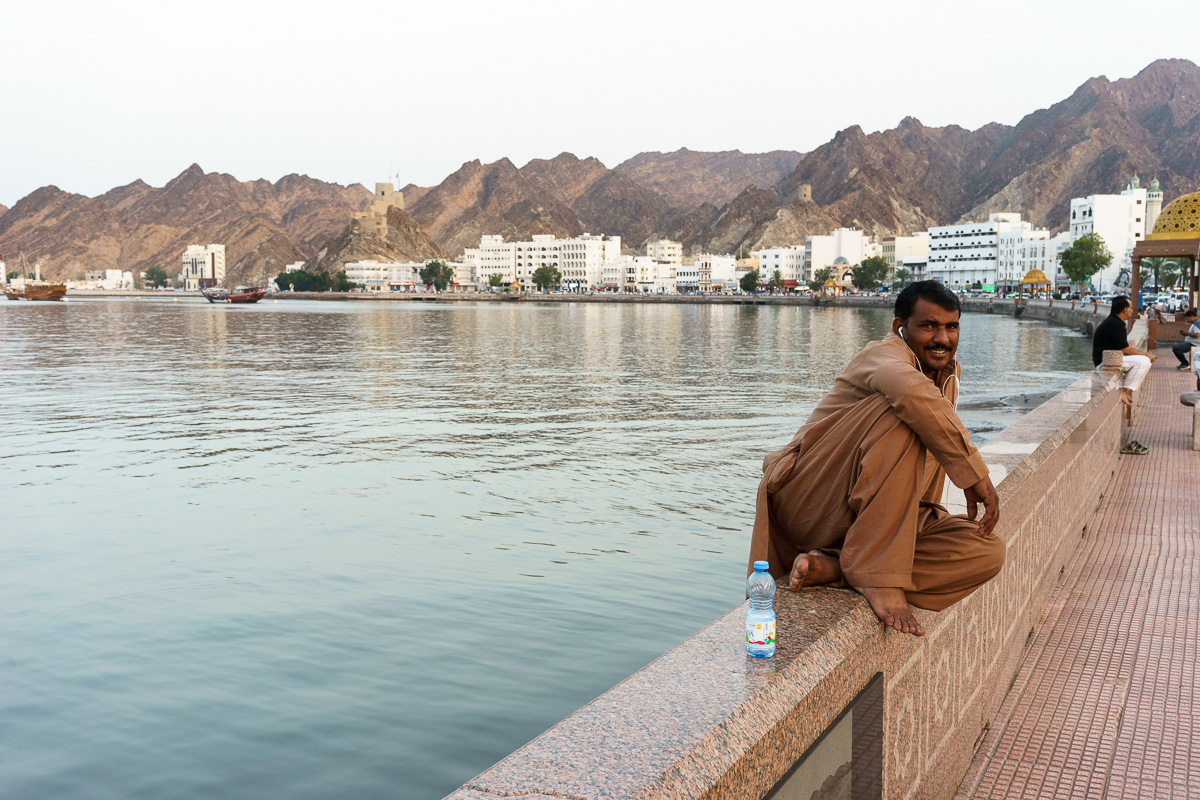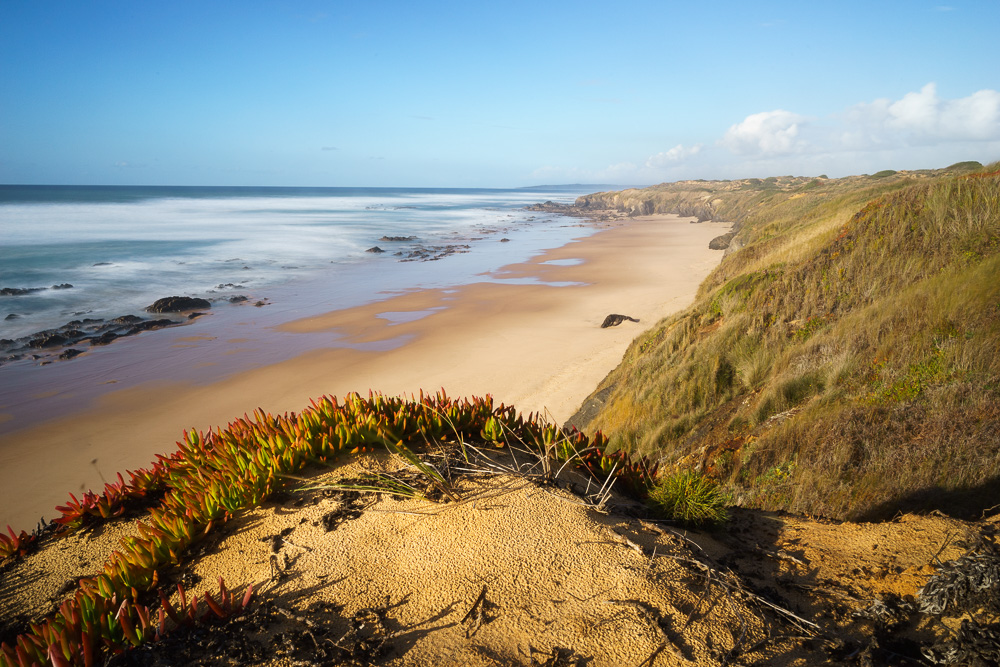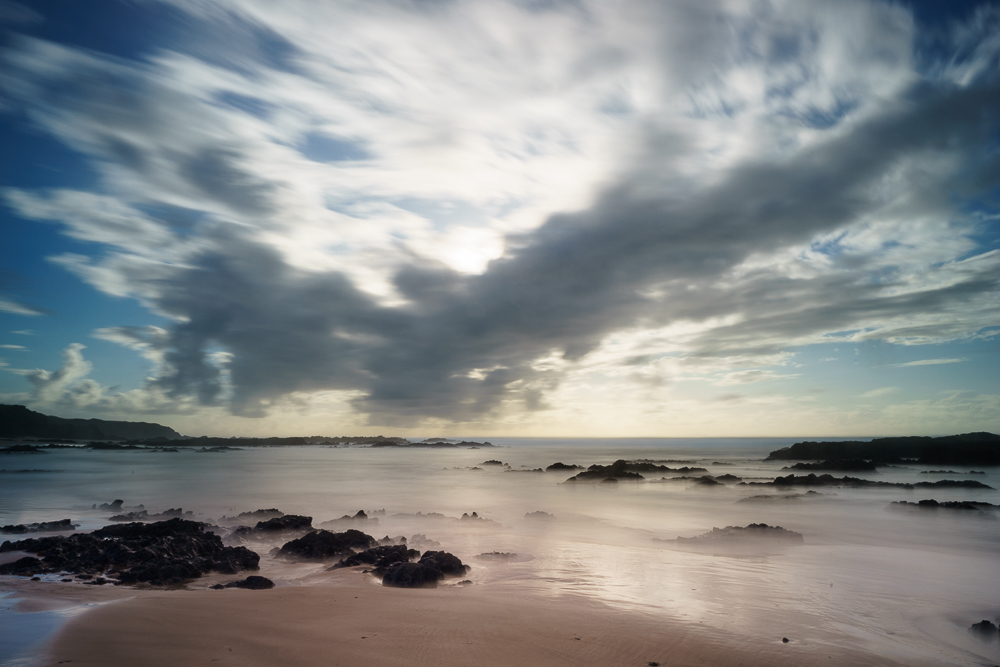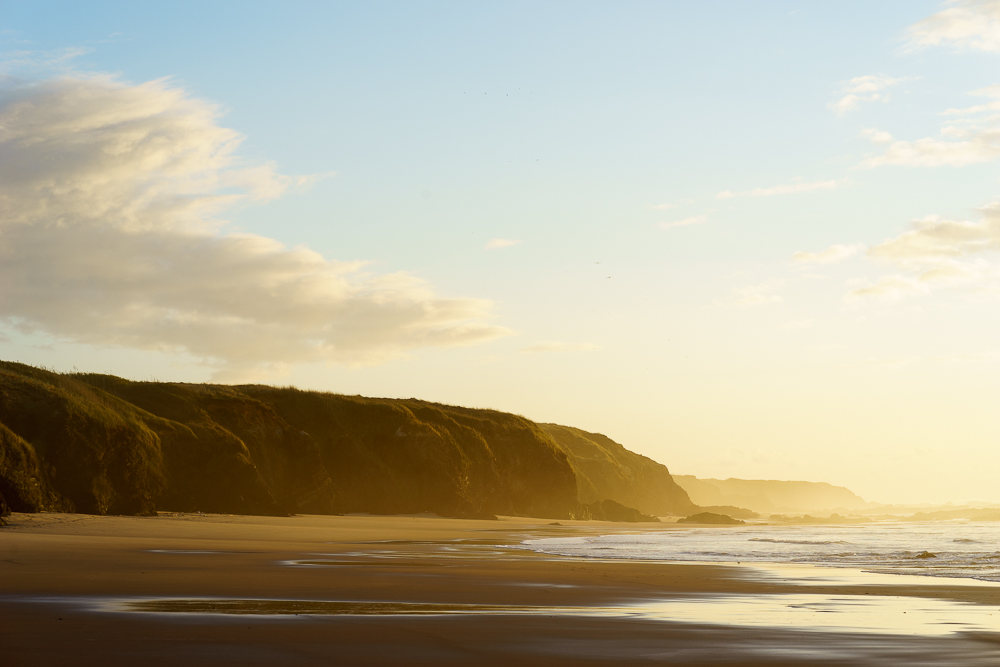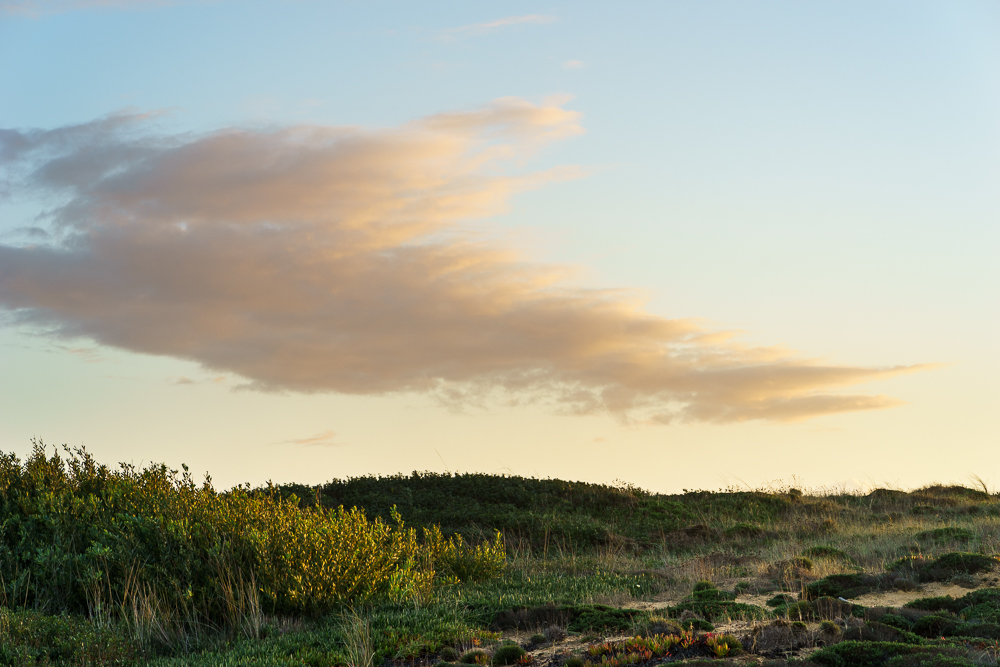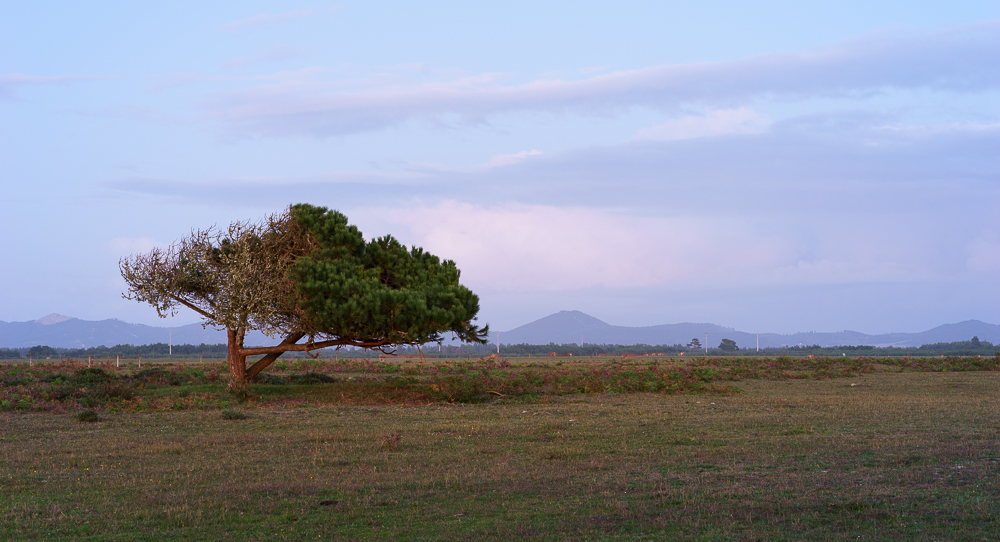I visit Muscat around twice a year, on business, and I always take the opportunity to go back to some of the places that have stayed in my memory from when I lived there. For example, I like to go to Mutrah to walk around in the souk and the Corniche at sunset; or go to the Grand Mosque to try and find some new angle. This is not easy for me, as the free time is not much, and I photographed these places many times before.
So for this trip I planned something different, I would only take one lens, the Zeiss Loxia 21 f2.8, mounted on the Sony A7. I also took a small travel tripod, as exposure times would be long. My idea was to visit the Mutrah souk, place the tripod on a busy lace, and shoot around. This would be a great testing ground for this lens. I shoot a lot of travel and people, but using a 21mm lens only was a first for me. It would also be challenging, as 21mm includes a lot in the frame, so getting good and clean compositions is not easy.
From my previous experiences in Muscat, and in Oman, people are really very friendly and are not camera shy; but how would they react to a foreigner shooting off a tripod in the middle of the souk? Well, I had no problems whatsoever, and even showed the results to a few passers-by. Also, there was a local photographer doing the same thing, but using a much larger tripod and camera/lens combination!
Thus encouraged, I just walked along the familiar narrow alleyways, setting up the tripod on an interesting place, and waiting for someone to go by. I am happy with the results, as the ambiance of the place is perfectly reproduced, and the people are registered in a ghostly fashion, adding mystery to the scene.
As for the visit to the Grand Mosque, it was a short one at the end of the day, and I came away with interesting shots of the large dome’s reflection in the marble floor. At this time of the day, the Mosque is closed to visitors, so I merely wandered around trying to shoot interesting angles. In the end, I was happy to have captured some new points of view, by setting the camera on the ground, or by placing the tripod ill-balanced on the fence. It was a bit of a frantic session, with lots of running around, as the blue hour does not last much.
As for the lens, it performed admirably. I would just use say f5.6 or f8, pre-focus, wait for something to happen, and shoot. Plus, no other lens maker does stars like Zeiss! Great contrast, and beautiful colour reproduction too. A winner of a lens.
